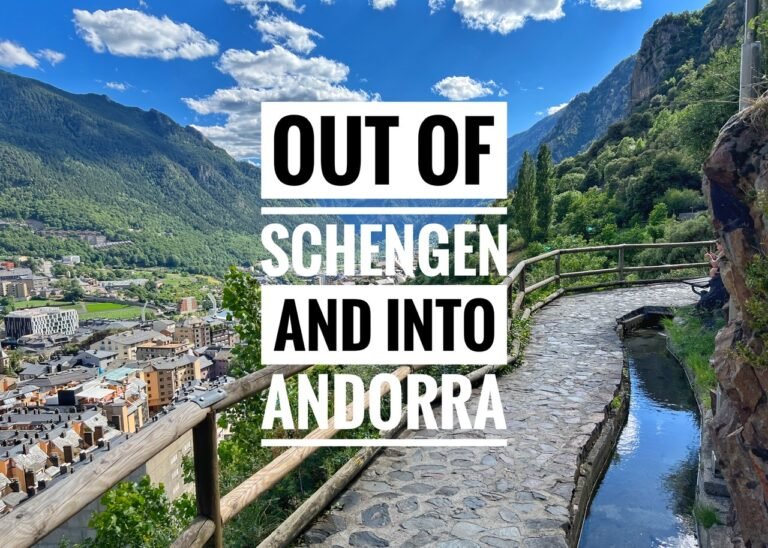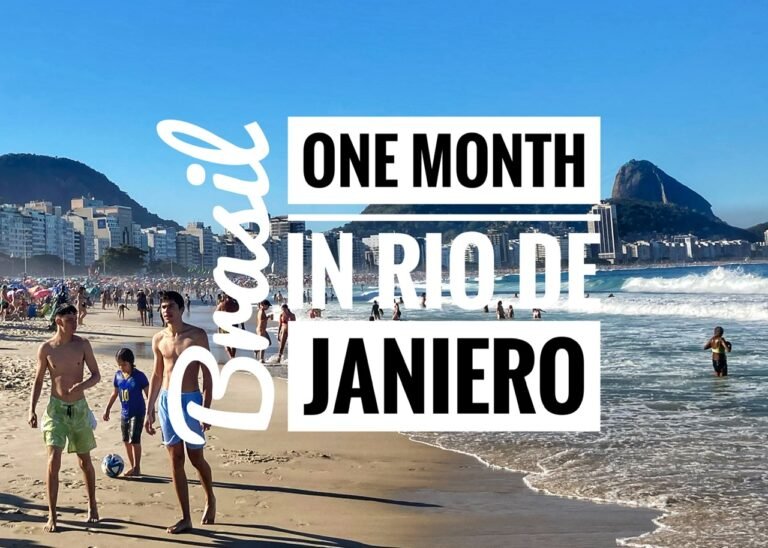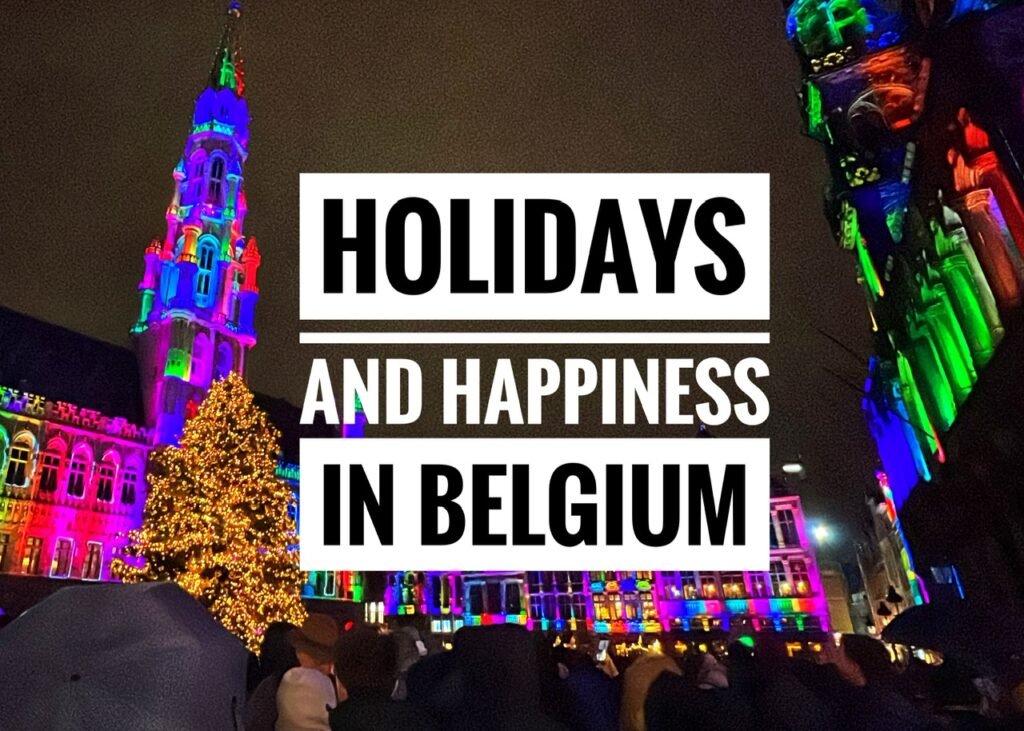
Are we happy our holiday housesit took us to Brussels? Yes. After Prague, it is the best European city we had ever spent Christmas in and there was so much to explore and see. Also, while Brussels doesn’t have the obvious charm of Bruges or Antwerp, it’s still a highly walkable city with a lot going for it. Famous icons include its beer, chocolate, fries, waffles, and comic strips. However, the weather, no surprise, was abysmal so we quite wish we’d planned to leave EuroLand after the holidays. Notes for next time. 🤣
Exploring the City

One of the most significant symbols of Belgium can be seen in practically every other shop window in the historic center of Brussels. Belgian waffles, which descends from the Dutch word for “wafer,” are thicker and with deeper pockets than their American equivalents, which can be loaded with fruits, chocolates and typically whipped cream.
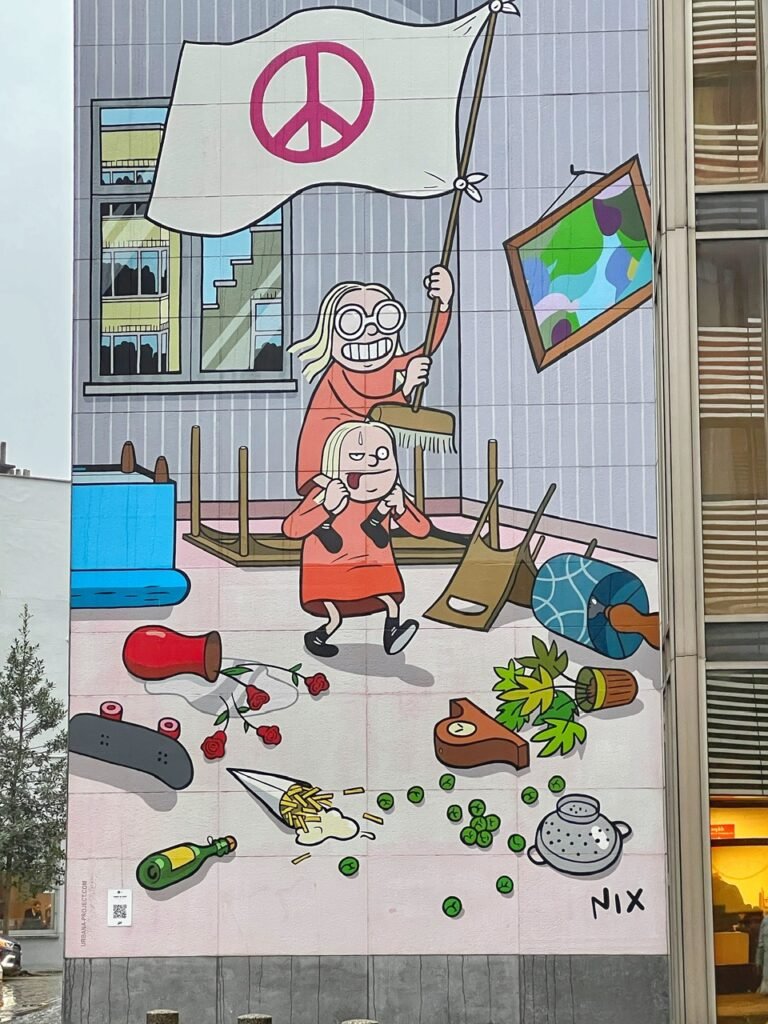
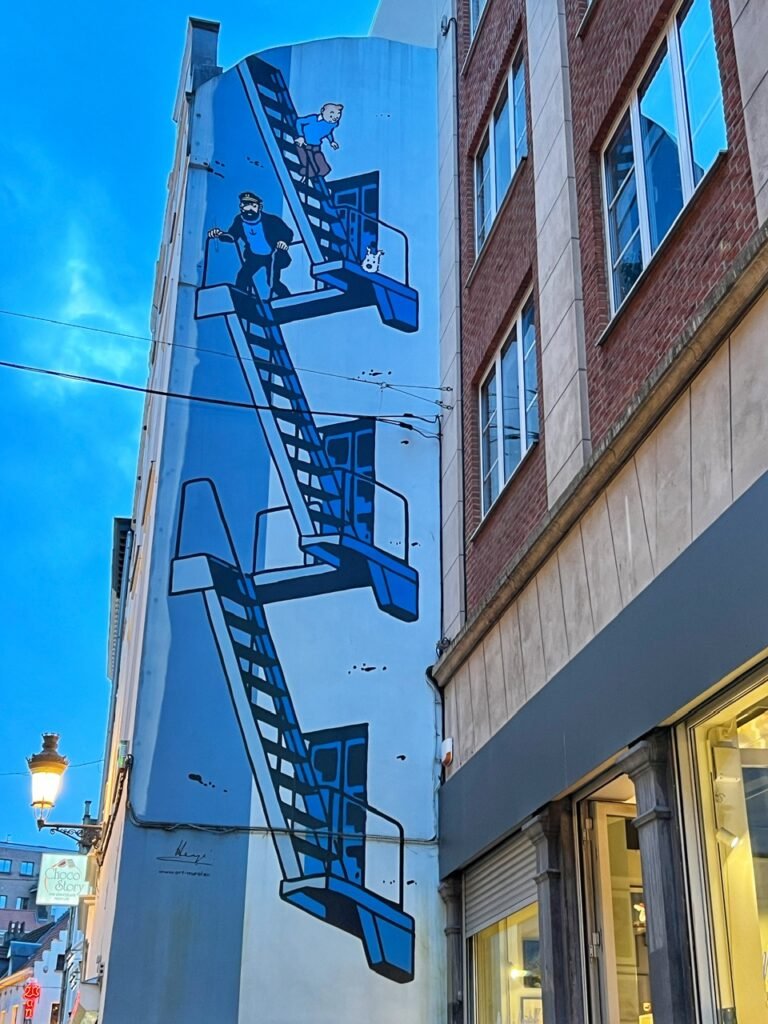
Brussels is a comic book geek’s dream with an entire route throughout featuring famous comic book strips and murals. More than 70 works in total adorn the walls of the capital. Also, no surprise, the comic book tour of Belgium is especially popular amongst Japanese tourists. The second photo shows very famous characters descending a fire escape in a mural on Rue de l’Etuve. They are Tintin, the boy reporter, his beloved fox terrier Snowy, and Captain Haddock.

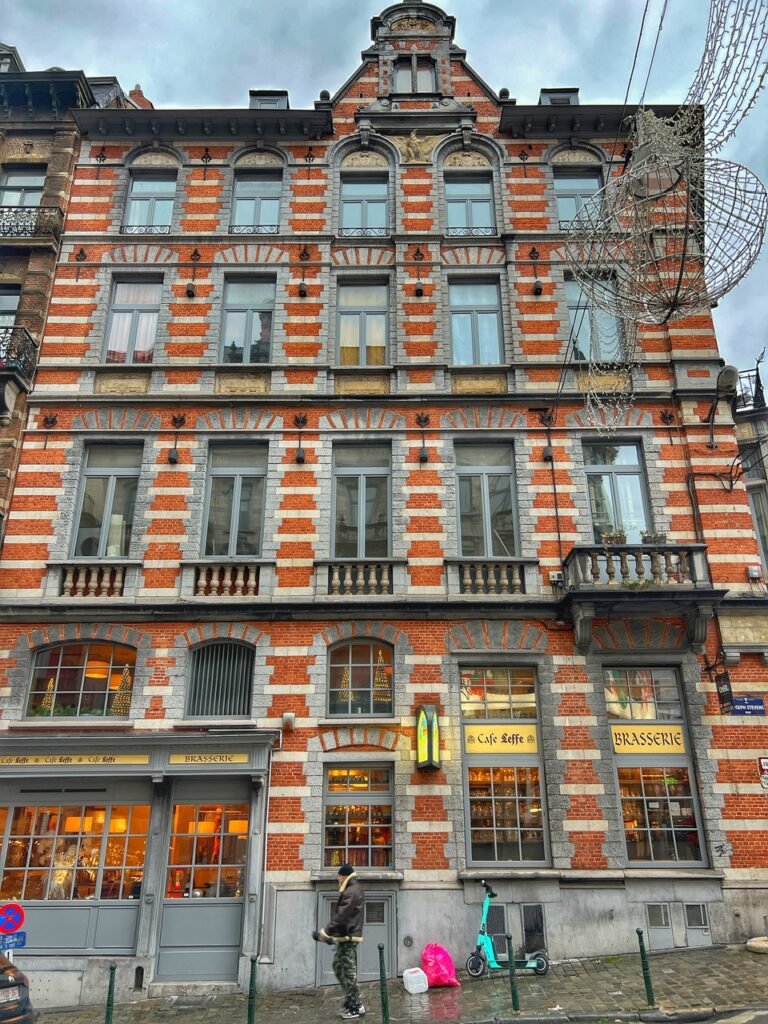
Brussels has incredible architecture at every turn.

And sugar and sin at every other turn.
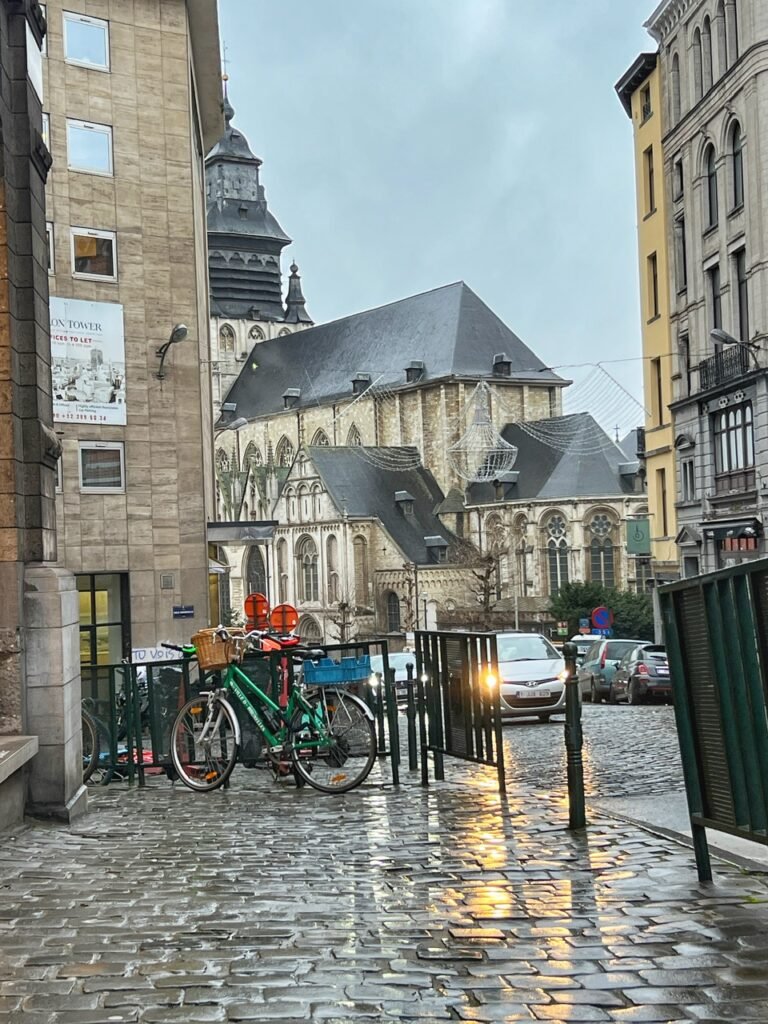
Street scene. A wet one, as usual. But the reflections on the cobblestone are nice…
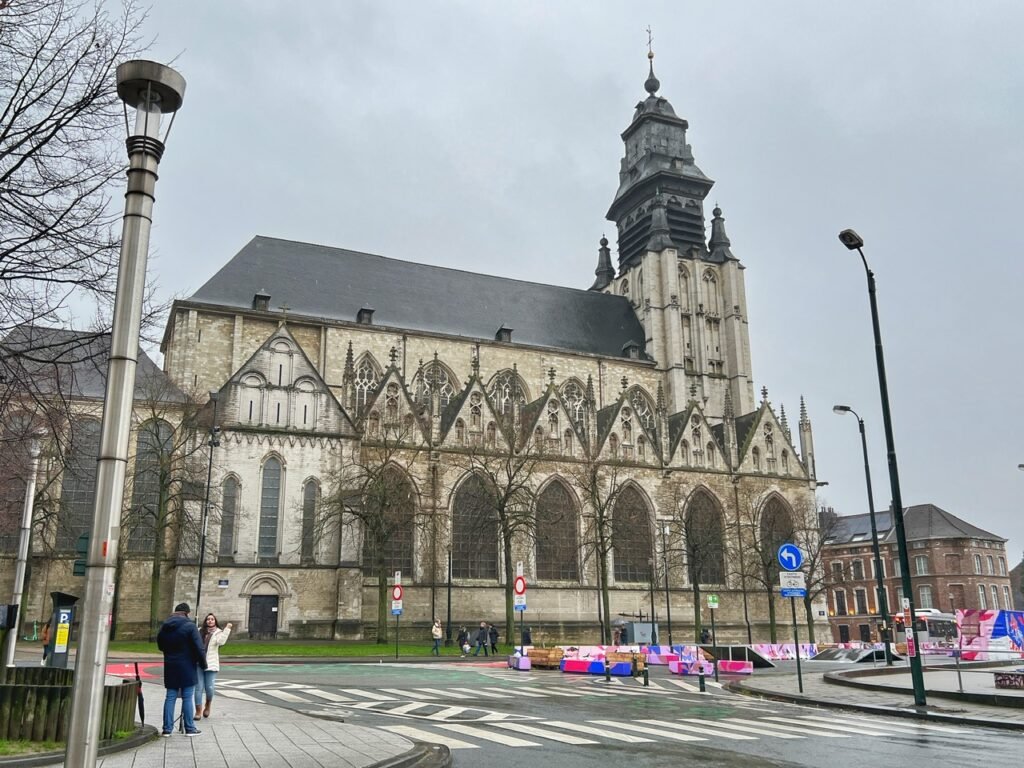
The Romanesque-Gothic, Notre Dame de la Chapelle rebuilt in the 13th and 14th Centuries.

A cozy little beer bar.
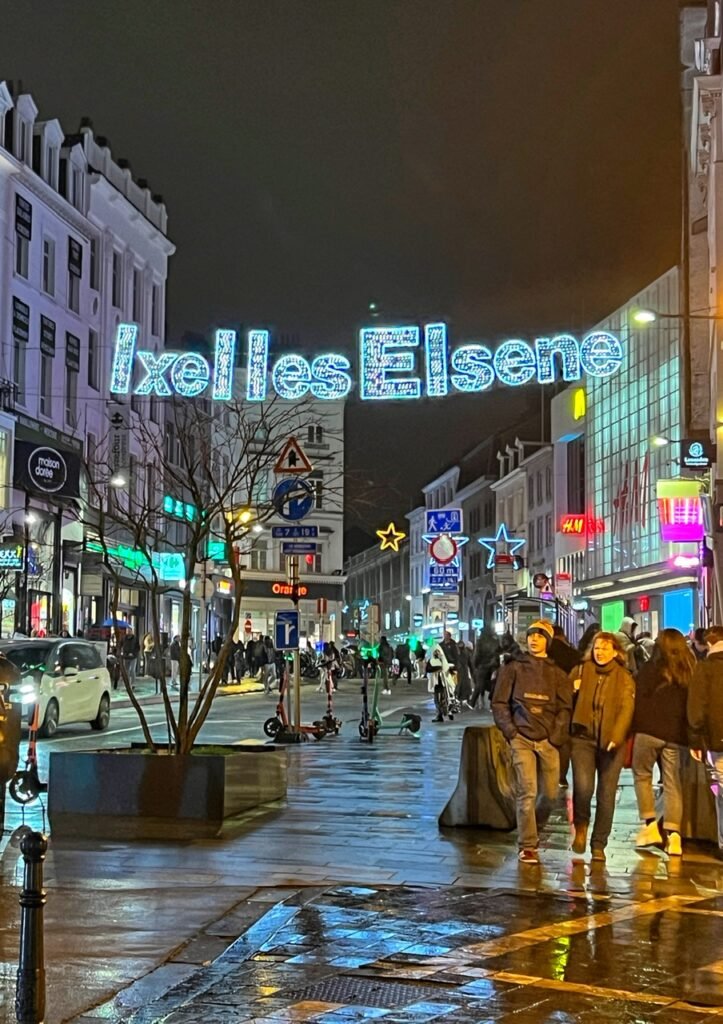
Each neighborhood had flashy lighted signs to introduce it. This was ours. No idea what it means and Google was not helpful. Not sure if this was a Christmas thing or always there.
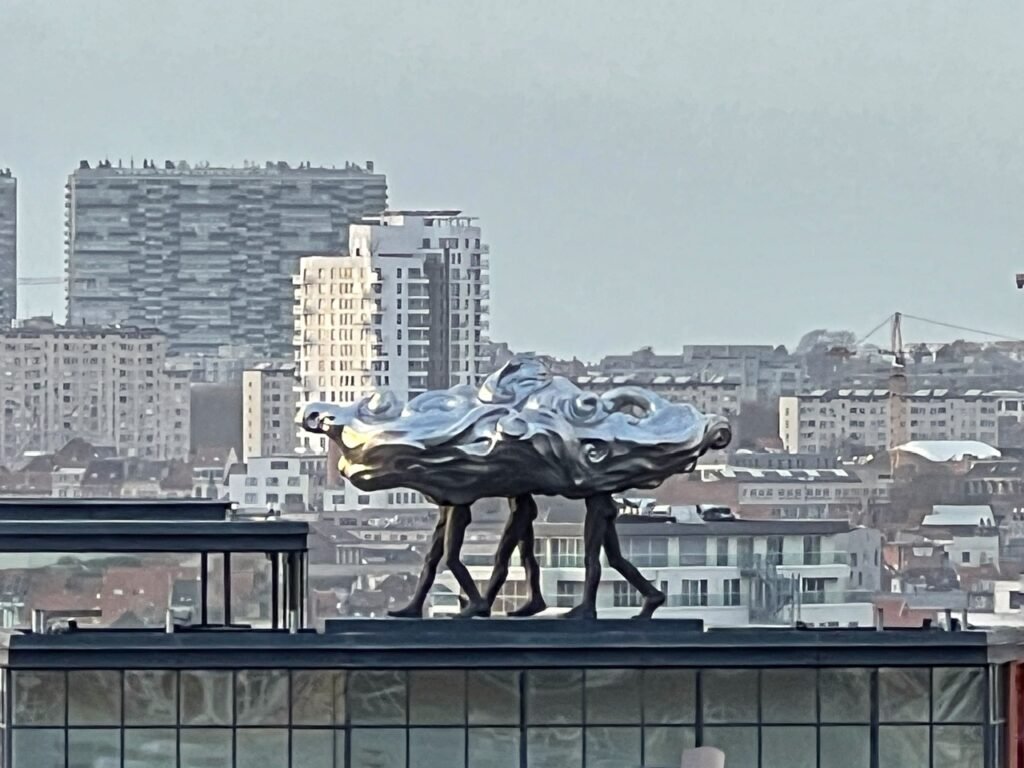
In front of the Palace of Justice, as you look into the skyline, one can find what appeared to be a turd with legs. Since it was probably not our assumption, Mandy was eager to Google image search it. The sculpture is actually called “In the cloud” and created by Belgian artist Luk Van Soom. Much more poetic than poo, it symbolizes that clouds have no borders, and are free to roam our planet without any need for justification or accountability.
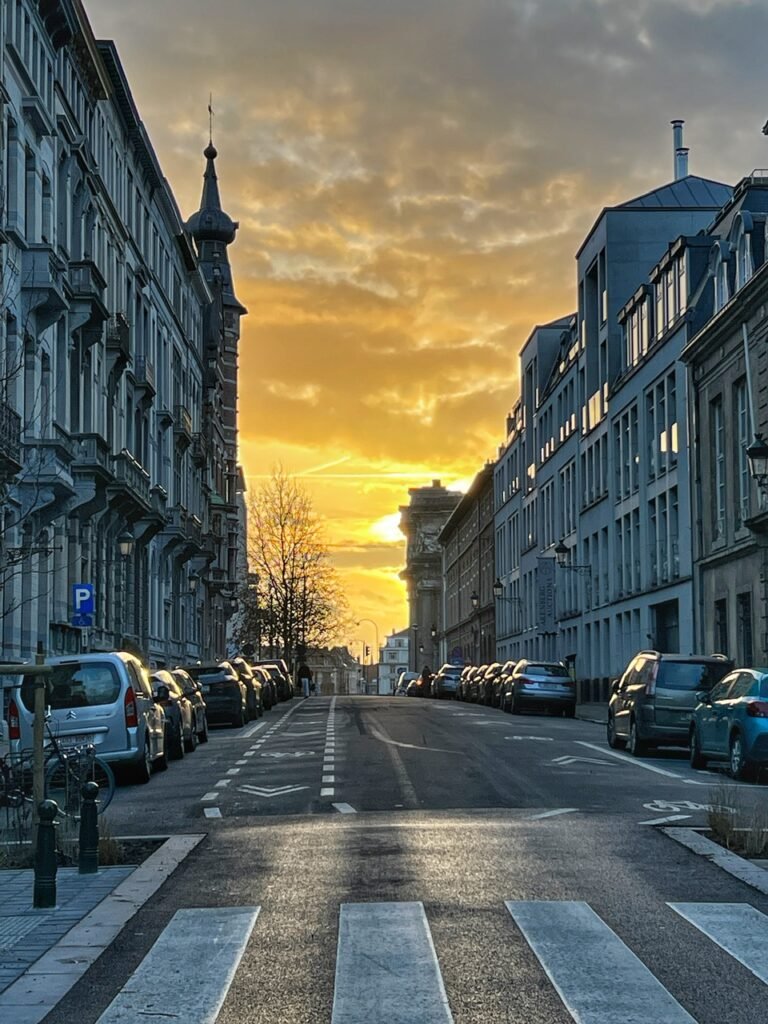
A rare sunset.
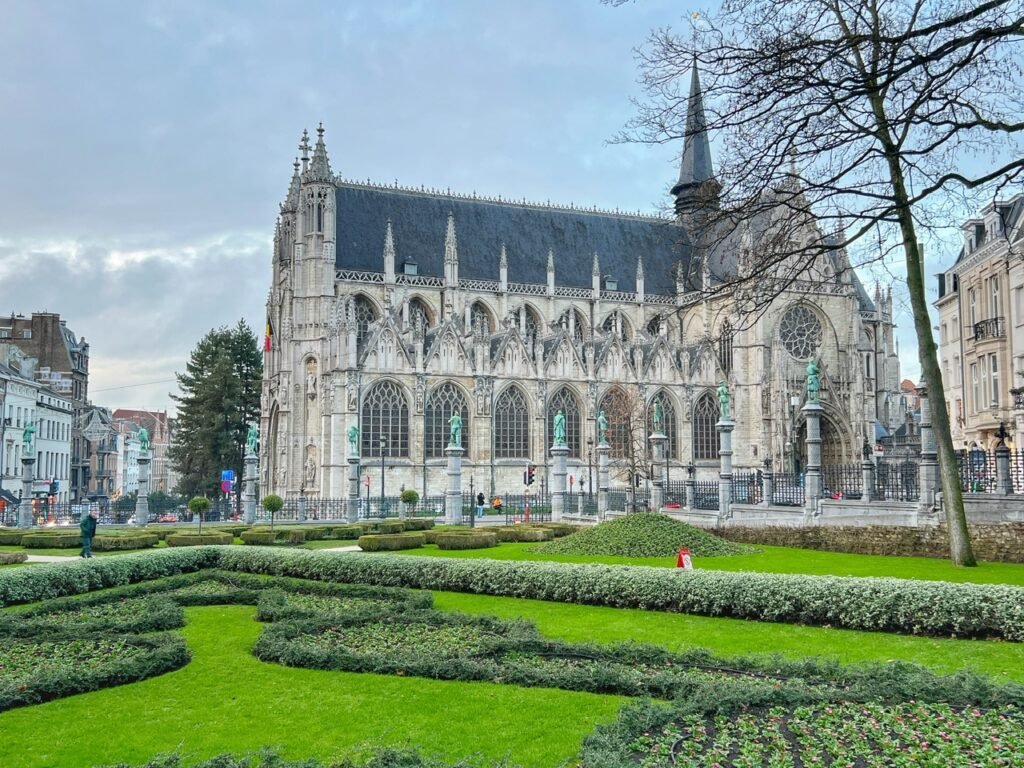
Overlooking the 15th Century gothic Church of our Lady of the Sablon, the 48 marble statues that encompass the neighboring Petit Sablon square are some of the most extraordinary we’ve encountered. Each one shows off a different craft, trade or skill holding unique objects like ladders, dead birds or whisky barrels to leave you guessing.

The statues actually represent the heroes who fought against Spanish tyranny or intellectuals and scientists from the 16th century.
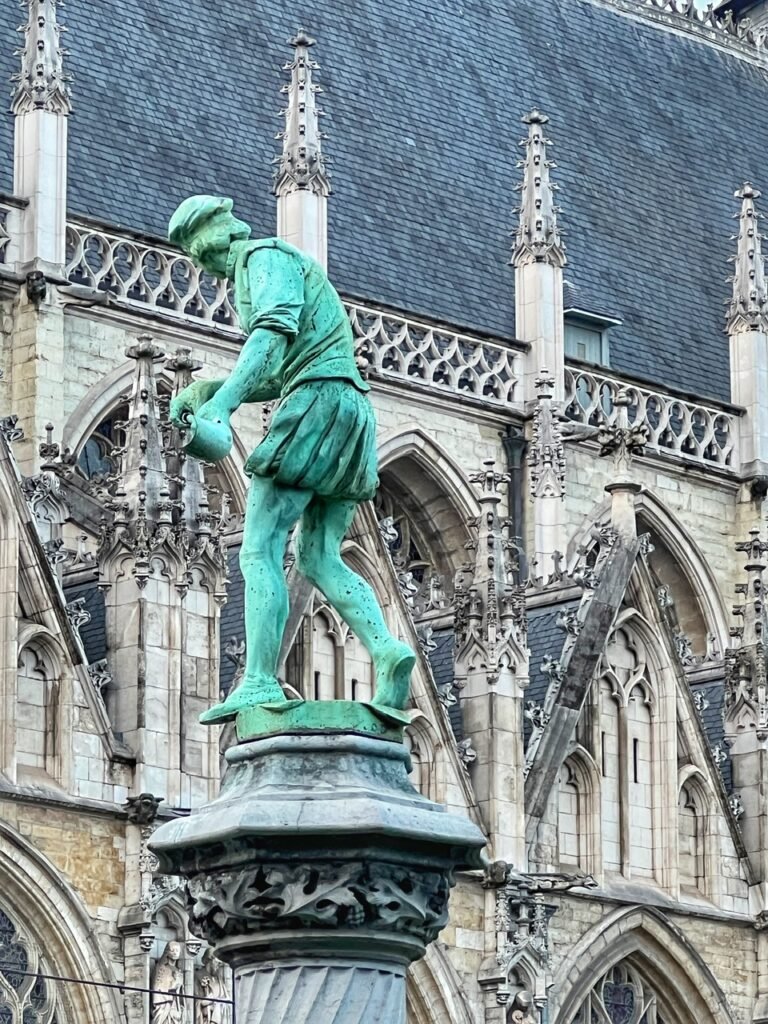

They all have in common the fact that they devoted their lives to conquering their freedom of thought.
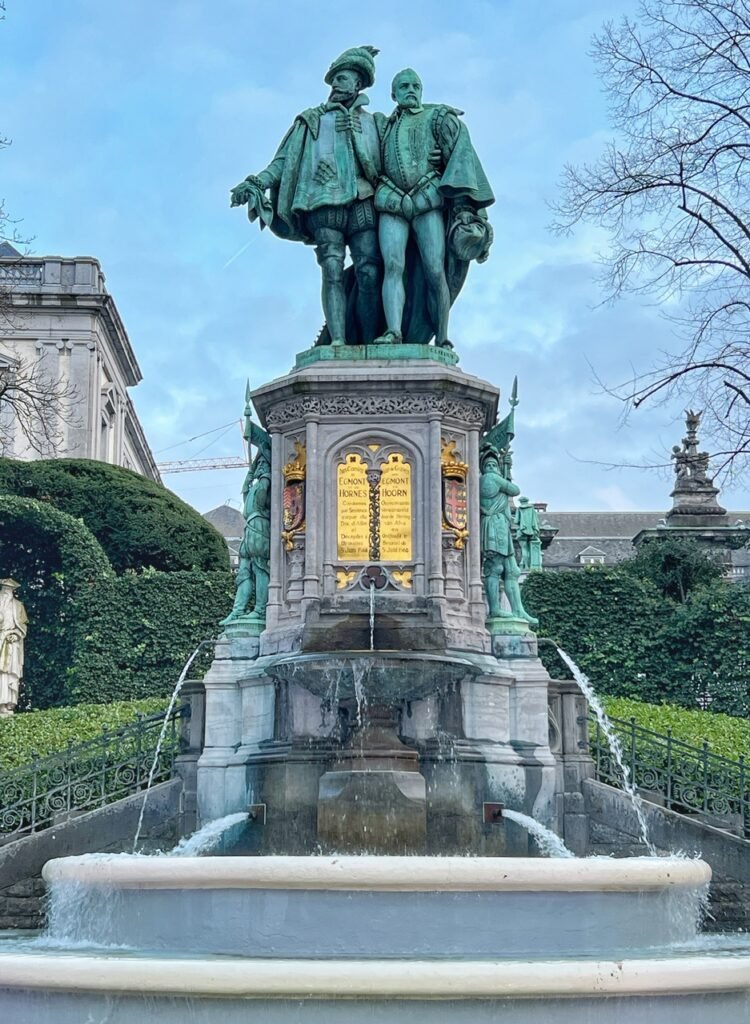
At the bottom of the garden stands a fountain-statue in honour of the Counts of Egmont and Hornes, resistance fighters who were beheaded in the 16th century during the tyrannical Spanish regime. They look quite chummy, particularly without any pants on. Nice.
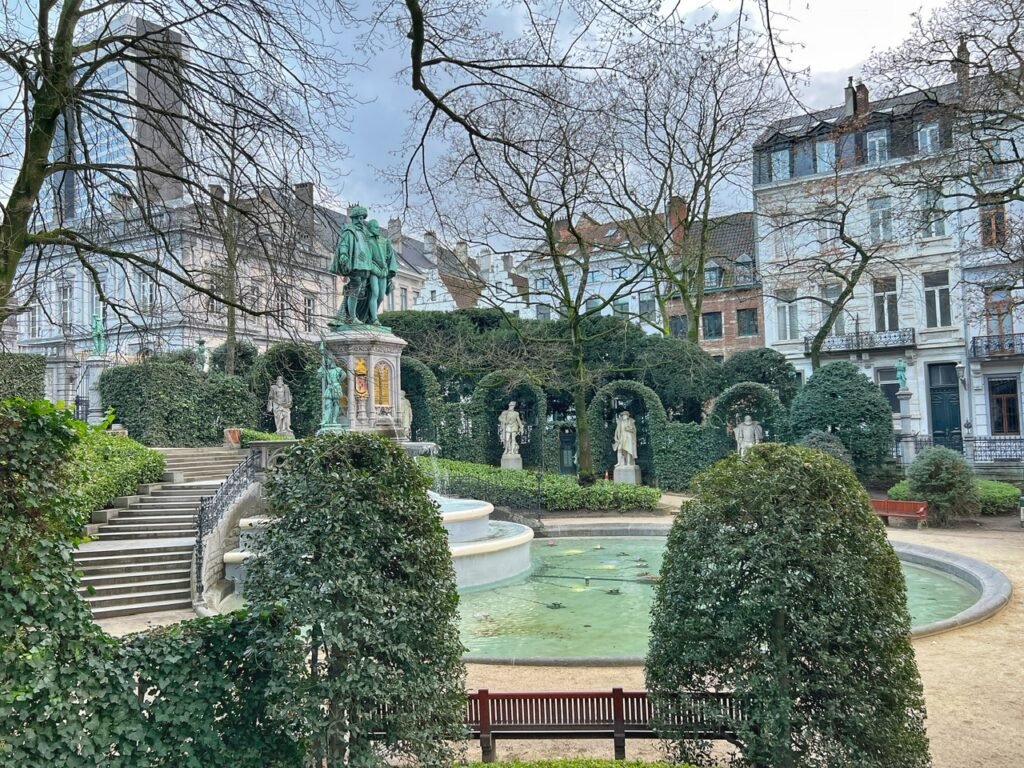
It truly is a lovely garden. Imagine if there were sunshine and flowers to accompany it!
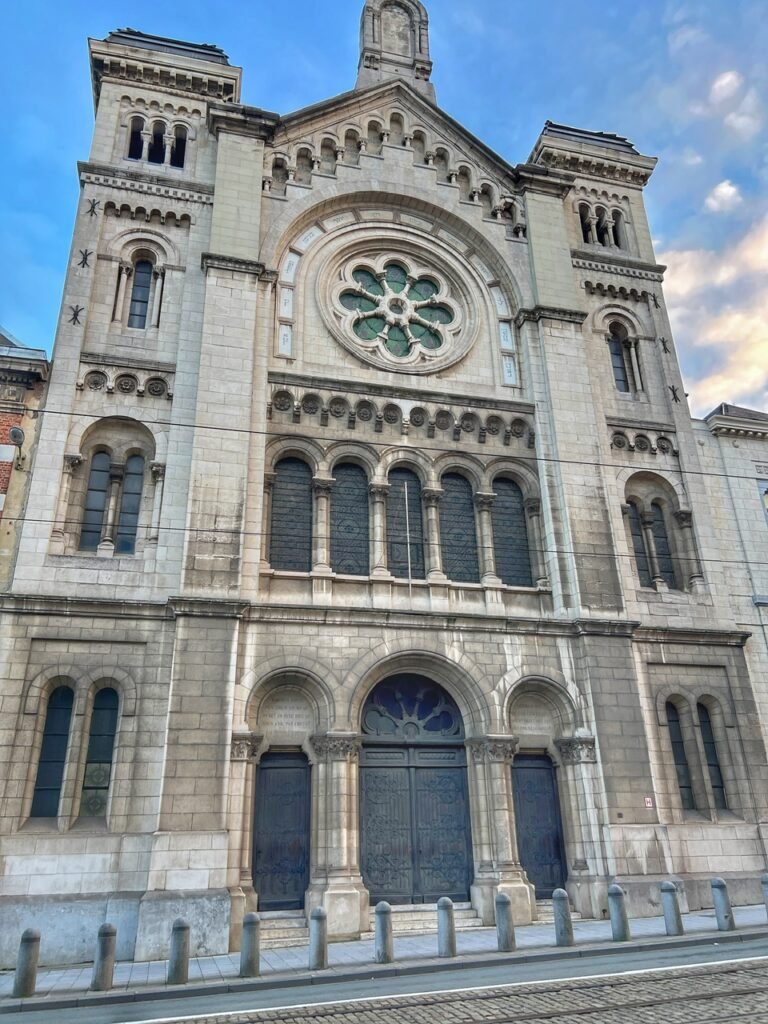
The Great Synagogue of Europe was dedicated as a focal point for European Jews in 2008. It was built in 1875 and survived the Holocaust in which 25,000 Belgian Jews died. It is hoped that the building will become a focus for Judaism in Europe, as is St. Peter’s Basilica for Roman Catholics in the Vatican.

After all this roaming, we had worked up some thirst for a brew, so we wondered into the home of Kriek Lambic beer. This beer hall style beer bar serves a small variety of local craft beers, but their specialty and notoriety come from their namesake Mort Subite Kriek (Cherry) and Witbier (White Wit Beer). A small pour will set you back 6 € while a “medium” is double that. The setting is like stepping back in time to and old-style cafe, with art nouveau illustrations, mirrors, and flourishes splashed everywhere you look.
And…wow! The beer itself…An explosion of sour cherry. Very sweet! Almost syrupy. A tiny amount of carbonation. Sour and tart. An excellent dessert option, but unusual for beer. Almost no-one would be able to pinpoint this a being beer, if you didn’t now better. Overall 3/5

Combining two of Belgium’s other icons. Chocolate and pissing boys.
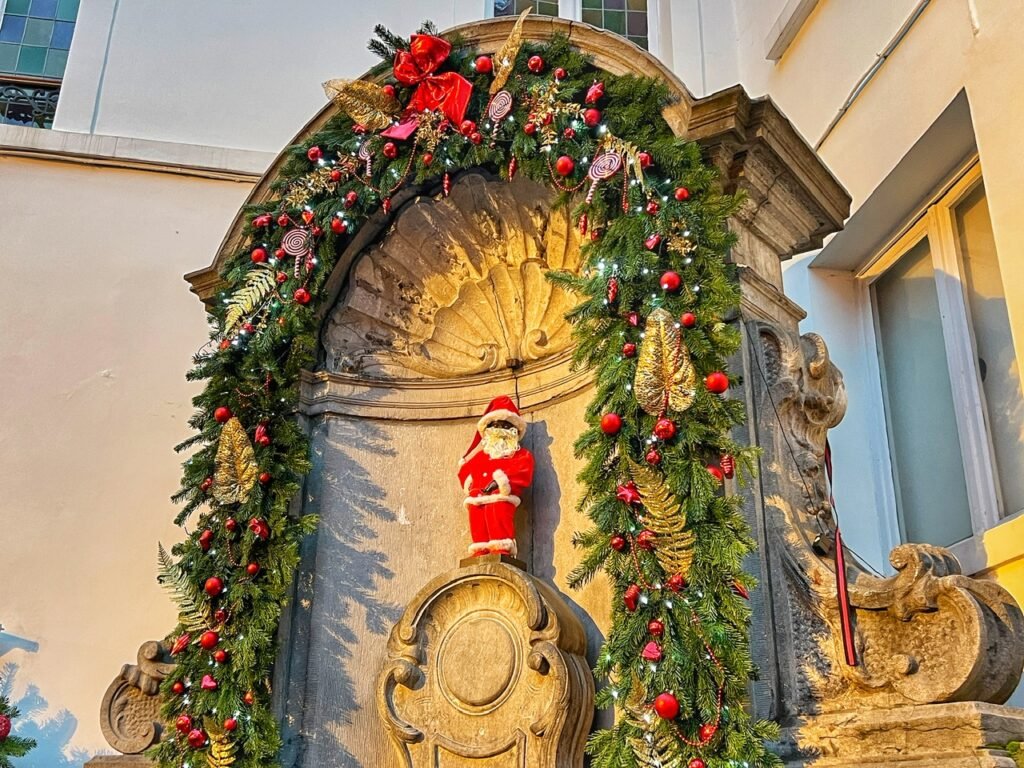

Speaking of which, one of the best known symbols of Belgium, other than its beer, waffles and chocolate, is a little boy. A little pissing boy. The landmark 22-inch Manneken Pis has been cheerily pissing in this spot for more than 400 years and when not stark naked, is often seen donning seasonal wardrobe attire. The one you see here, however, has been a replica since 1965, because before that, he was stolen and violated habitually.
So why is he here? According to Atlas Obscura, “the most probable explanation has to do with the fact that there were many tanners on the Rue de l’Étuve during the Middle Ages. It was not uncommon to let children urinate on leather since the ammonia in urine helps to make the leather more supple. Of course, there is no way of knowing whether Manneken Pis was truly an homage to the tanners. Another popular story states how the boy saved the city of Brussels. The legend goes that Brussels was surrounded by enemies who pretended to retreat, but in reality were hiding gunpowder underneath. A little boy named Julien saw the burning fuse and quickly peed on it. Out of gratitude, the city made a statue in his likeness.”

And in 1985, Jeanneke Pis got a chance to have some fun too. She prefers to birthday suit it all the time, however.
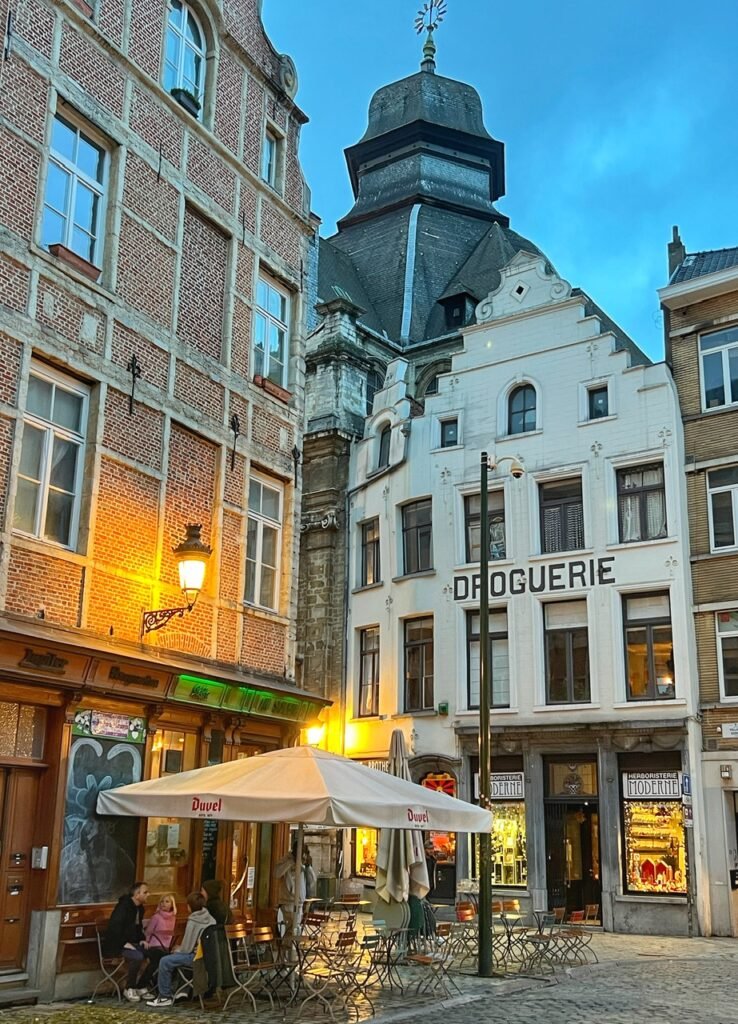
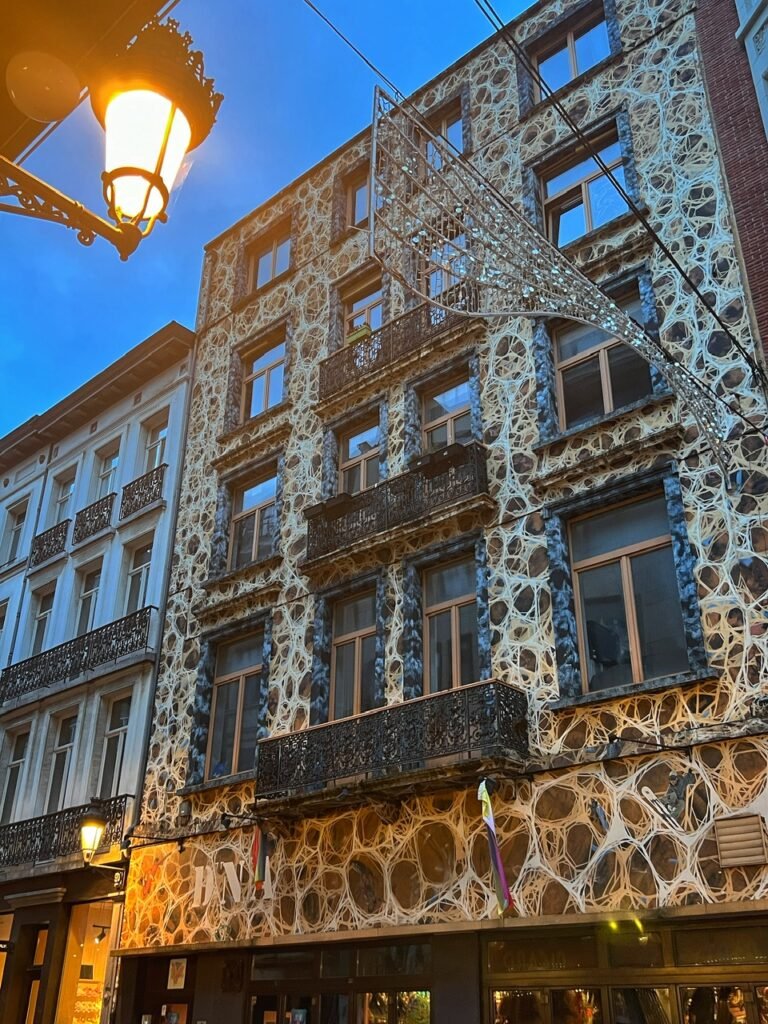
Moving on, we encountered dreary streets and a building that was a bit giraffe-like!

And speaking of safari animals, we saw so many “welcome all” zebra crossings in Belgium!
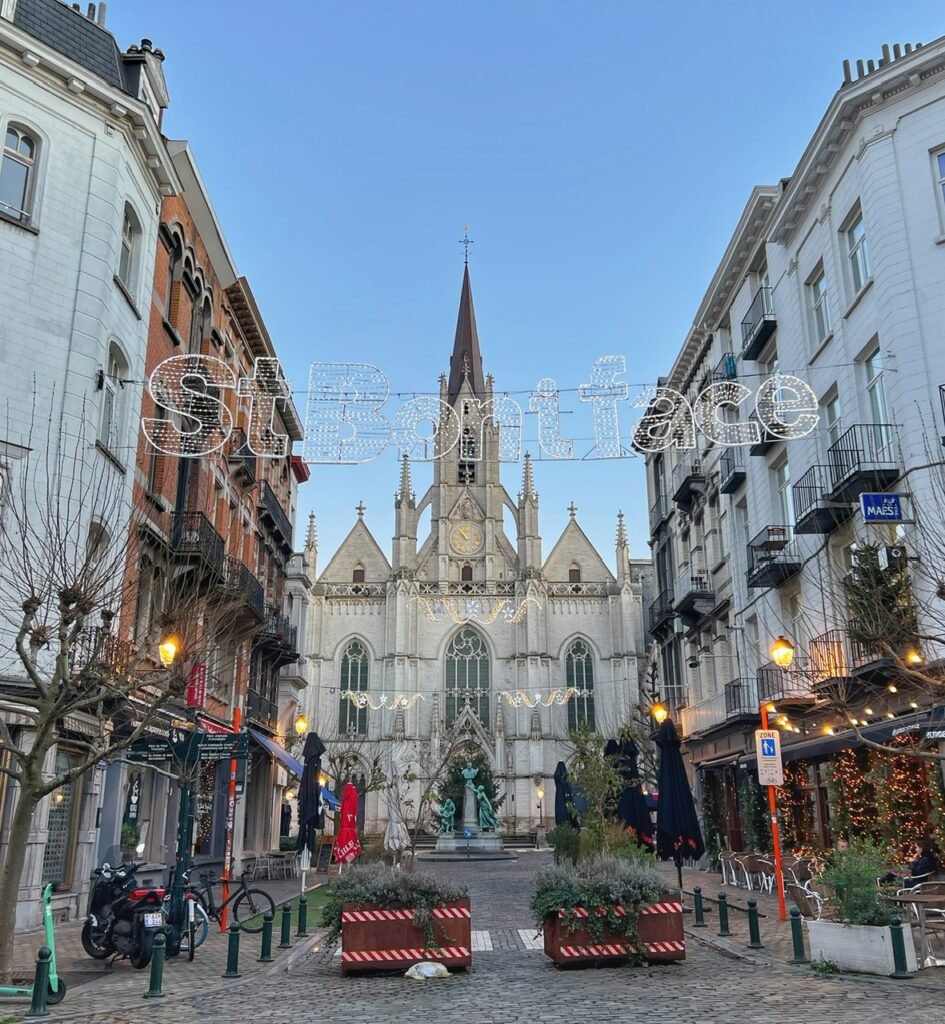
A tucked away neighborhood near ours with a charming little church.
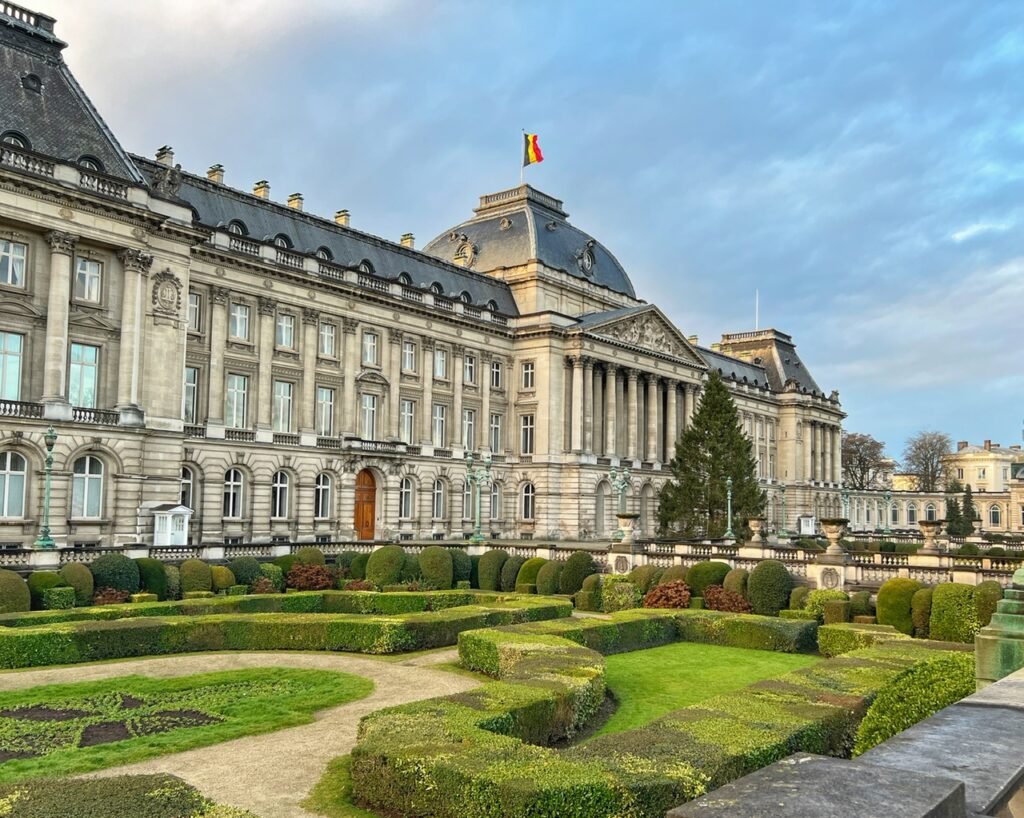
We walked by The Royal Palace every time we went to the train station, which is the official palace of the King and Queen of the Belgians. However, is not used as a royal residence, as the king and his family live in the Royal Palace of Laeken in northern Brussels.
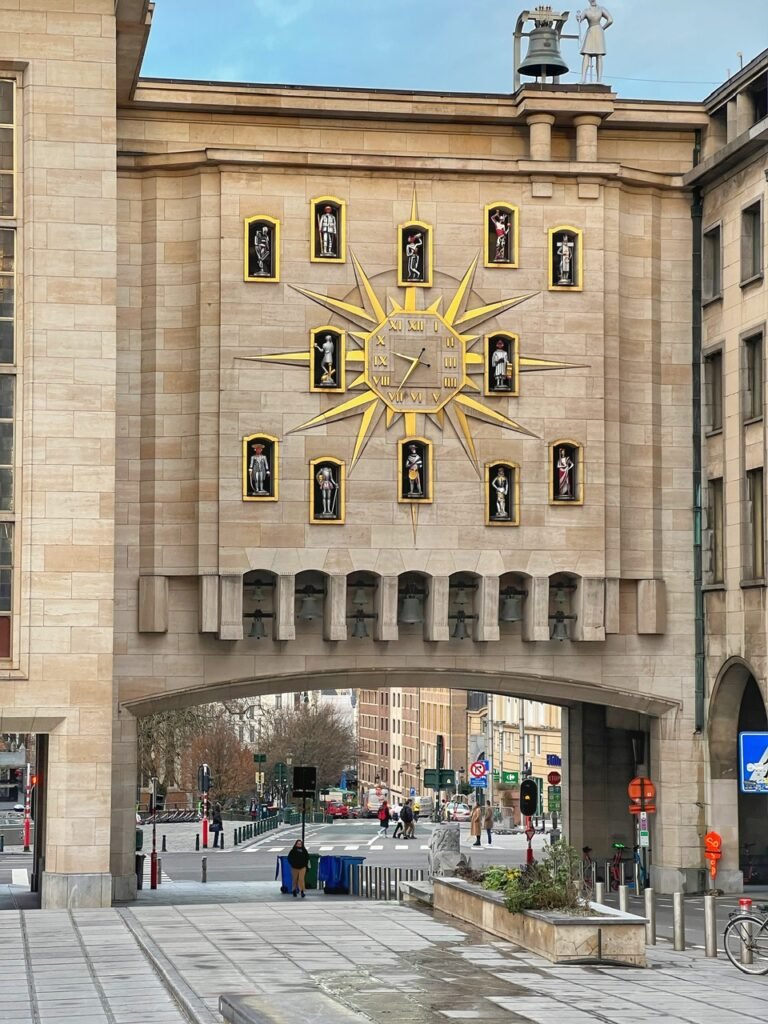
The 13’ in diameter Jacquemart Clock. There are 12 figurines that represent important historic and folkloric figures of Brussels. Jacquemart type clocks can be recognized by the character on top which marks every hour by striking the bell with a hammer. (Wikipedia)


Les Galeries Royal de Saint-Hubert is a captivating passageway near the Grand Place.
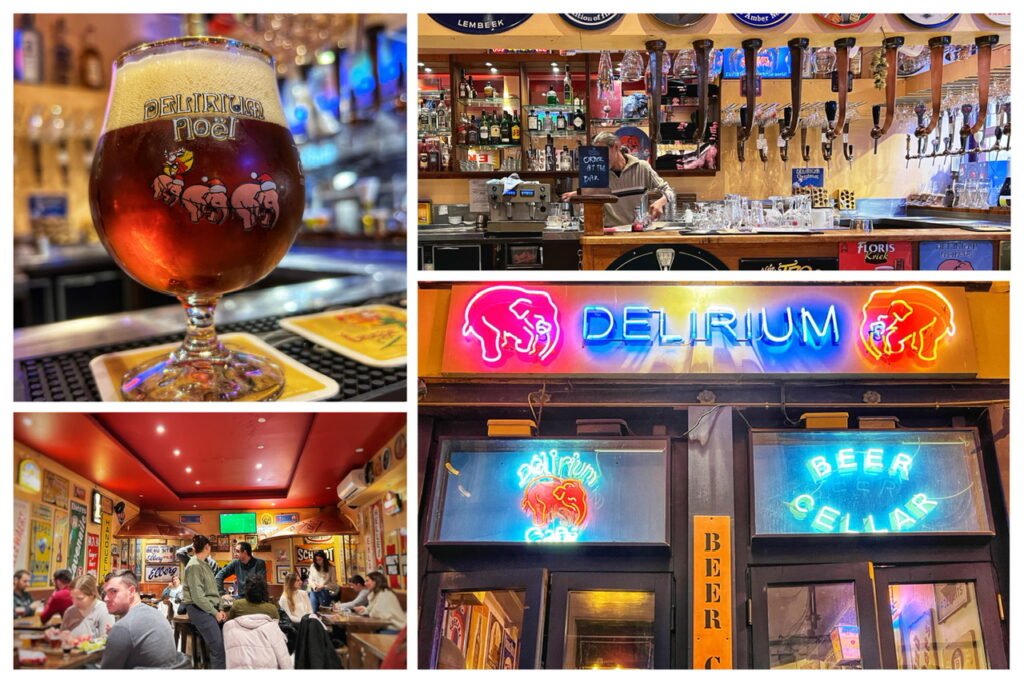
And of course, no tour through Brussels could be complete without visiting a few more of its most enticing breweries. To start with, how about a little delirium? Most beer travelers visiting Brussels have heard of the Delirium cafe. Home of the iconic pink elephant beer. It’s no secret. And it’s worth seeking out. Which is why it can get obscenely crowded at the Delirium Cafe, and with most beers hovering around the 10% range… a bit crazy. We headed instead to the lesser know smaller sibling beer bar, Brasserie Little Delirium. It’s much more intimate, and cozy giving you the opportunity to actually focus on your quaffing. When we went on a very busy Wednesday, we got our beers at the bar within 30 seconds of arriving choosing ours from a selection of 30 taps. There was barely a dull hum of conversation in the beer cafe, and plenty of beery ambiance.
The beer we selected was a winter/Christmas style ale produced only for the Christmas season called Delirium Noel. Clocked in at 10% with notes of caramel, some toffee, and spices, and a slightly noticeable alcohol burn. A tasty choice this time of year. Overall, we gave it a 4/5.
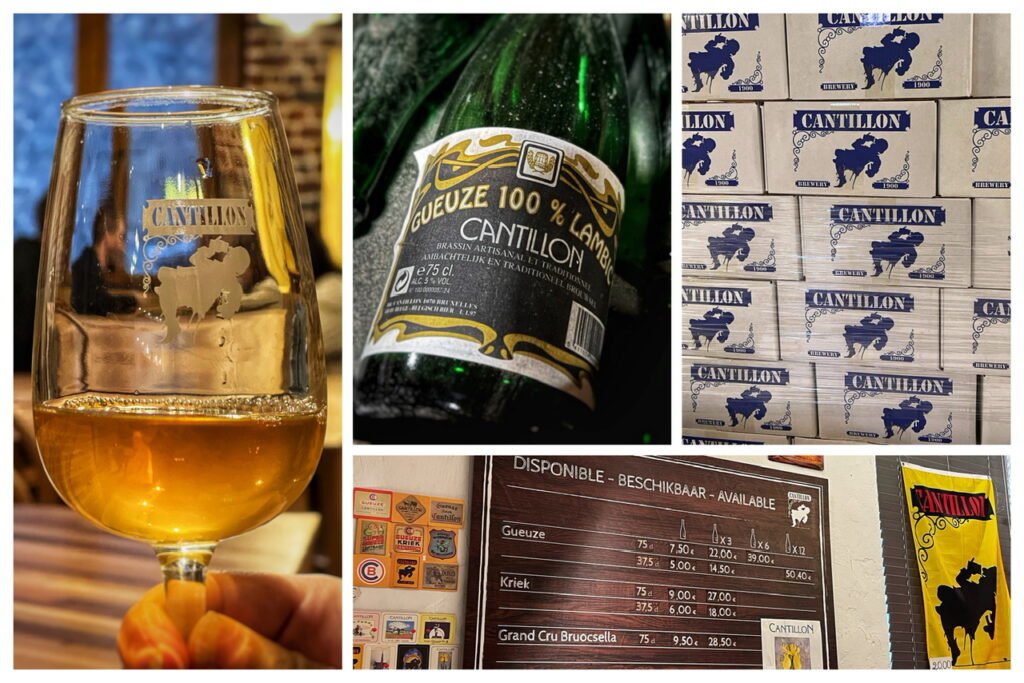
Another stop for beer. This time at Moeder Lambic Fontainas Beer Bar, which is an often recommended beer bar in Brussels. While it is often difficult to find many Belgian beers on tap in Belgium, this place has them! The atmosphere inside was modern, open and airy, with a single row of tables inside or if you are fortunate enough to not be here in December… a wonderfully inviting outside patio. Moeder Lambic is known for its loud music, and did not disappoint on our visit with punk rock blasting away, which made chatting more difficult, but not imbibing. Maybe some prefer this.
Our choice, was a Biake (sour) farmhouse Saison sour beer (with Birch leaves added) from Kemker Kultur Brewery in Münster Nuerkirchen Germany. 5.5% ABV, and from Germany’s ONLY farmhouse bewery. The beer was tart, dry, light, and sour but not overly. Enjoyable! A little pucker power that lingered to perked up the palette. Overall, we awarded it a 4/5
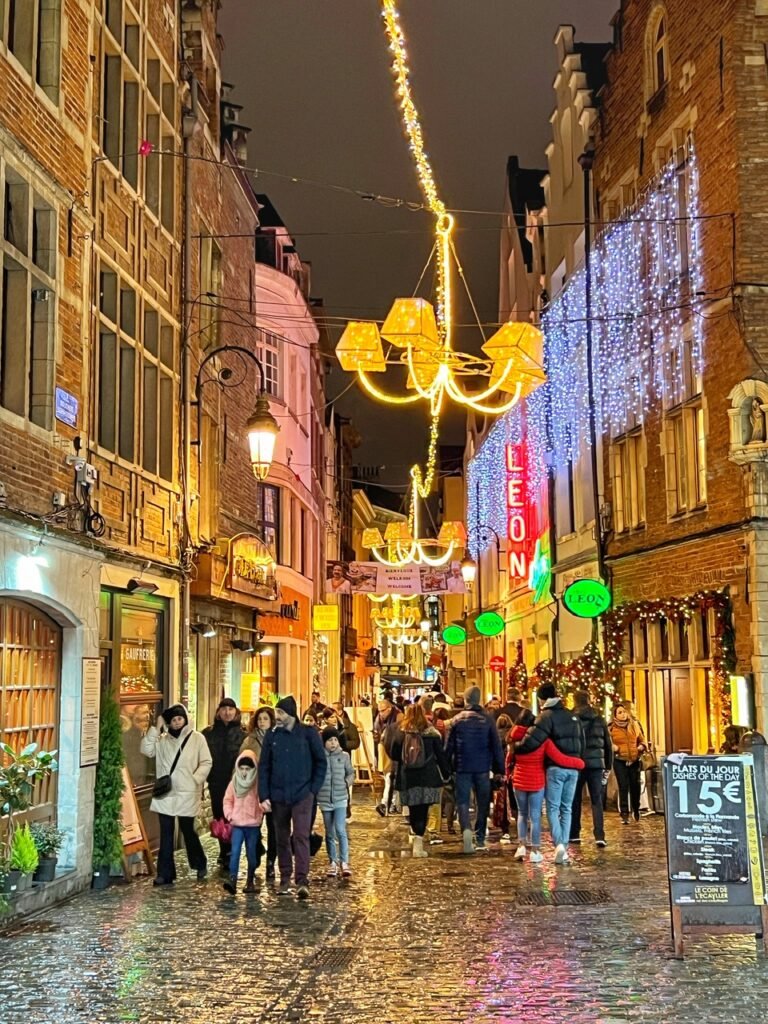
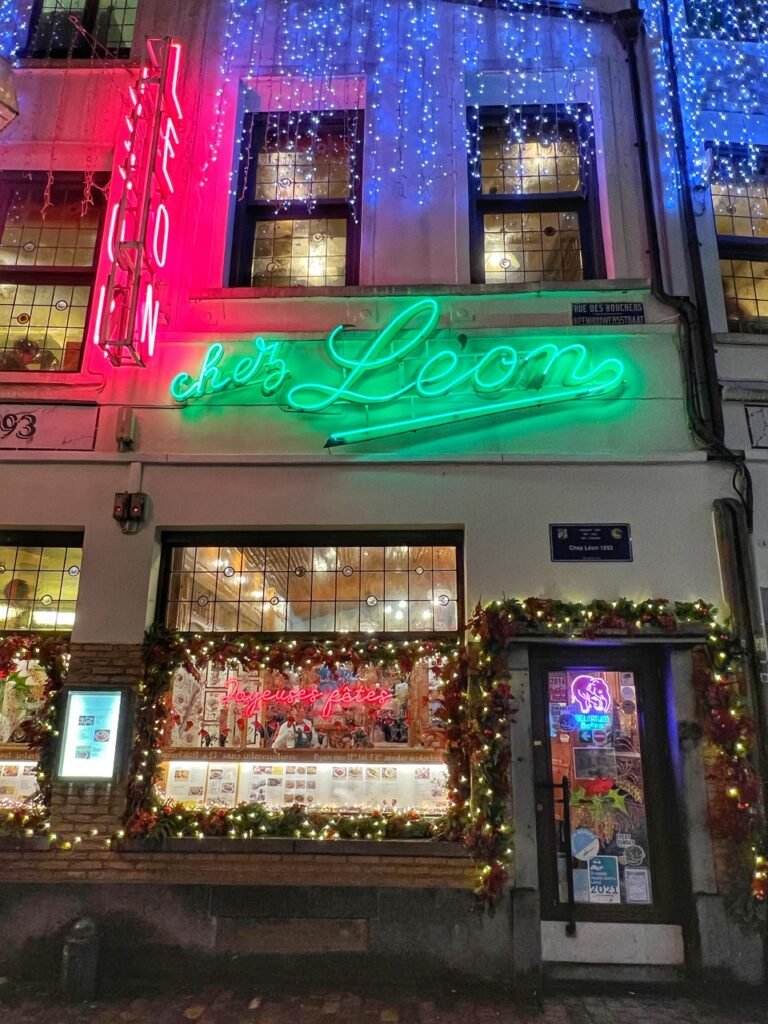
So much life and light in this city! And the Neon Leon was surprisingly eye catching!
Christmas in Brussels
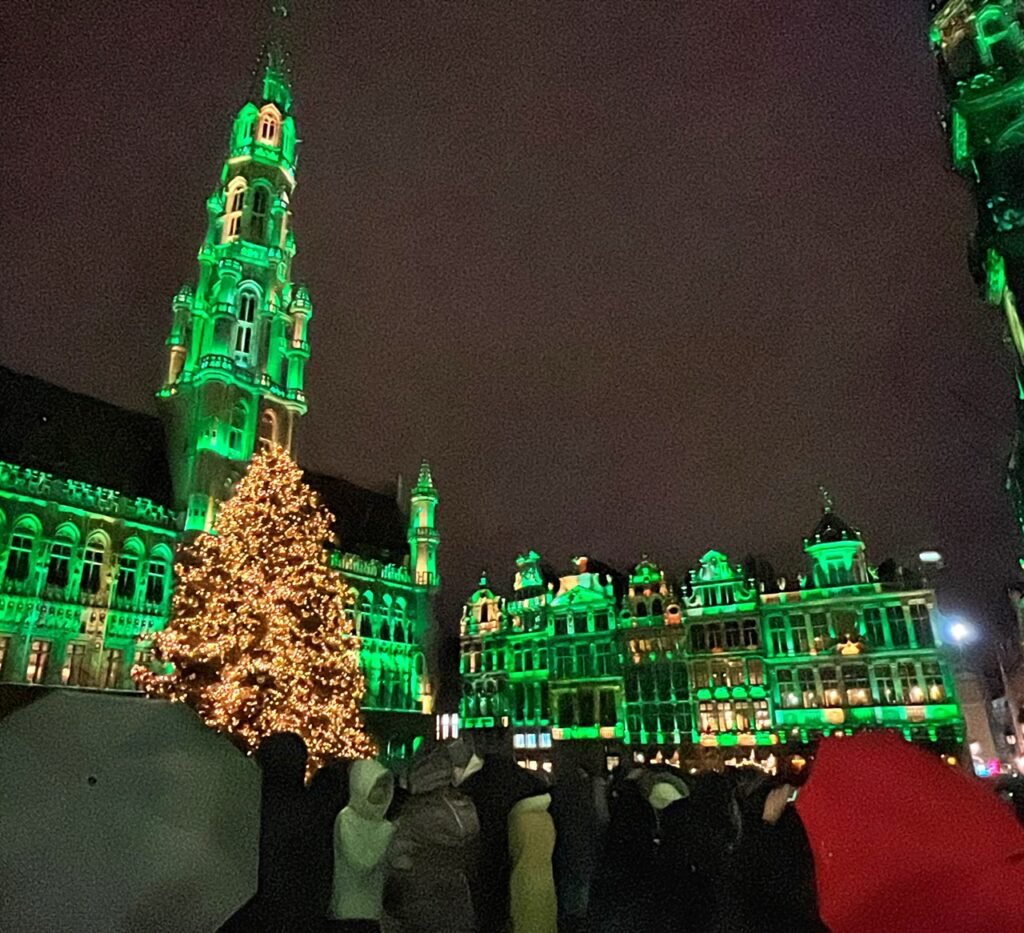
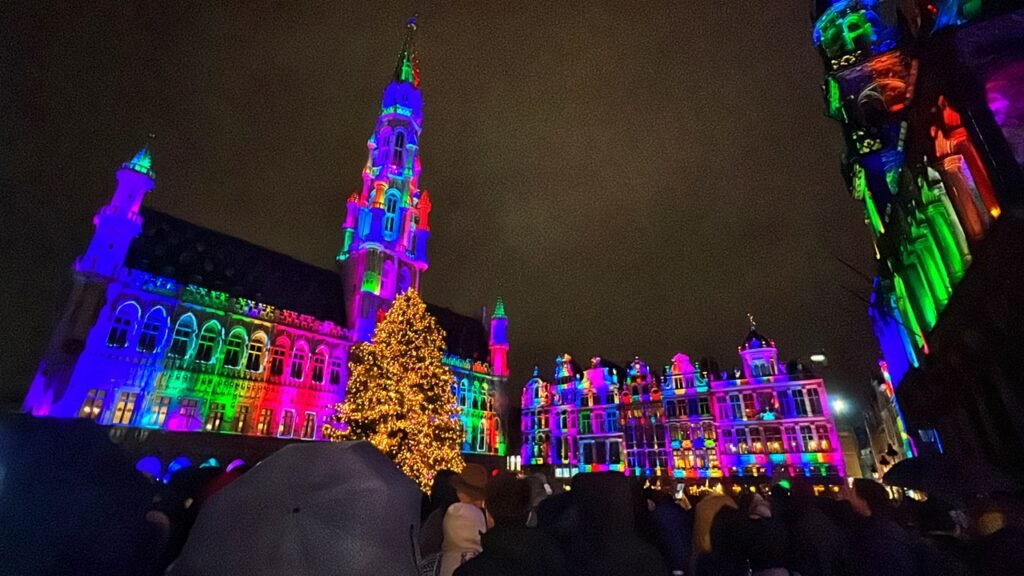
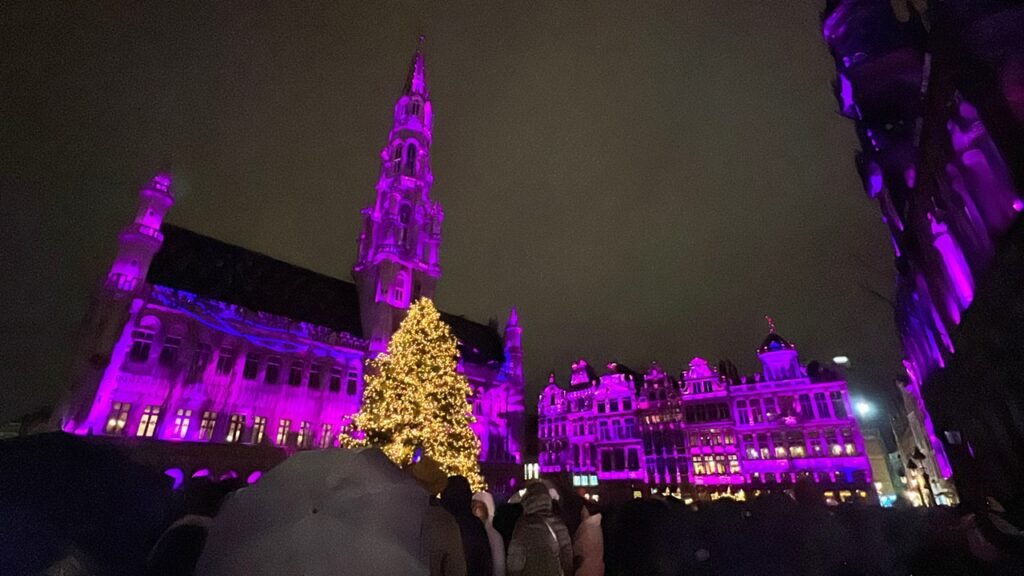
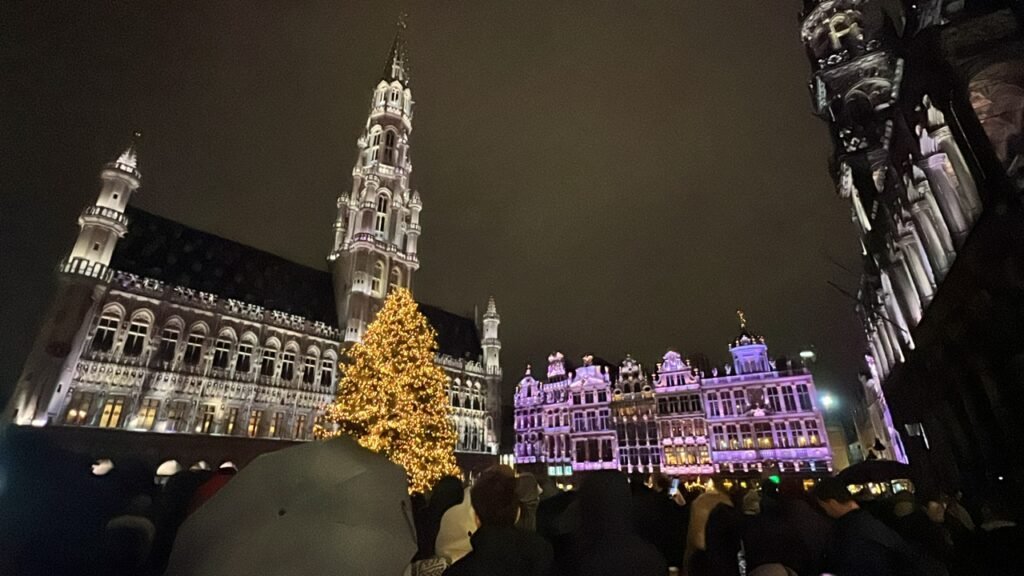

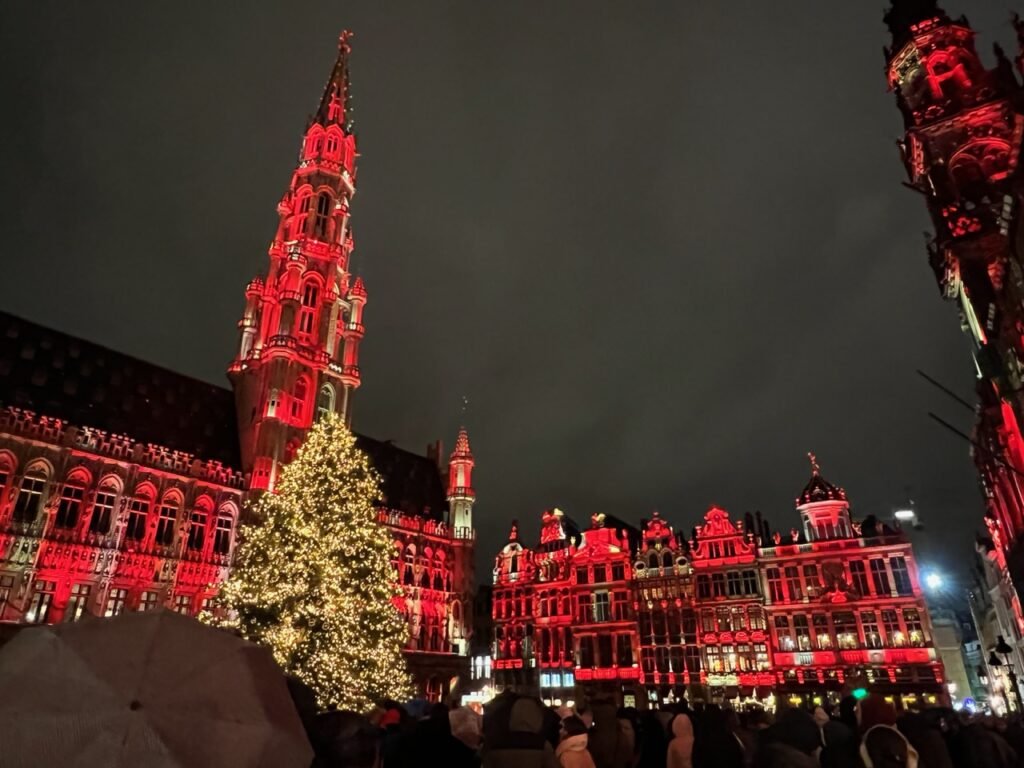
Christmas in Brussels was simply enchanting and no place was more magical than the Grand Place, which held an hourly sound and light show. Unfortunately, we can’t share the video on here because of its copyright.
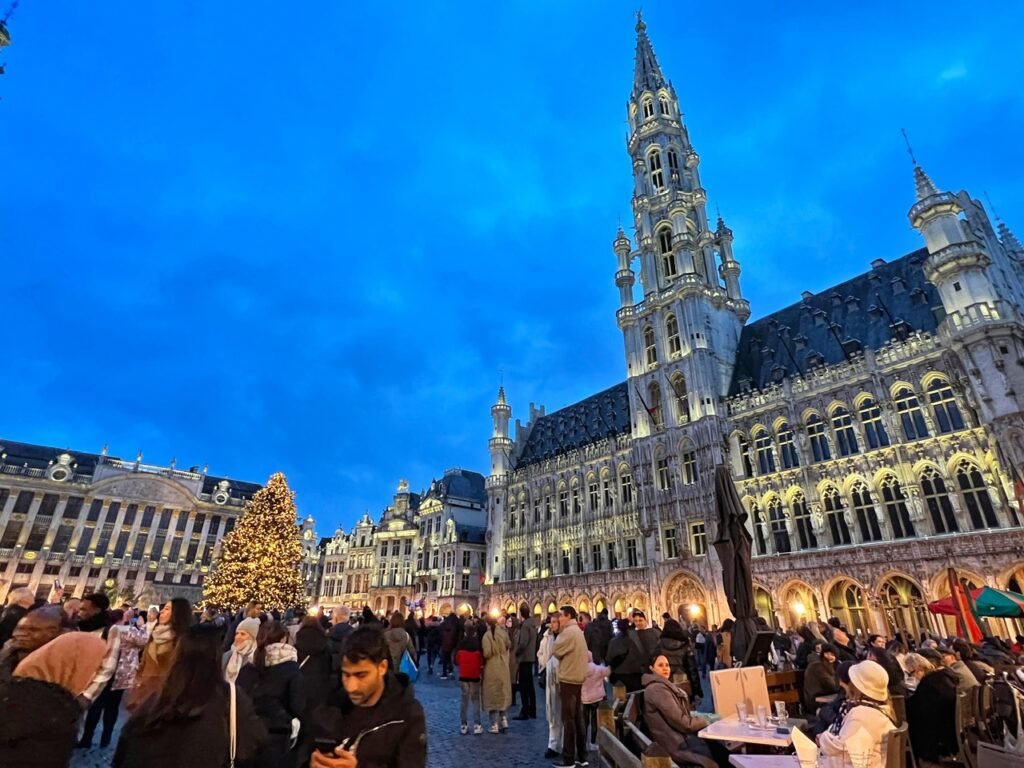
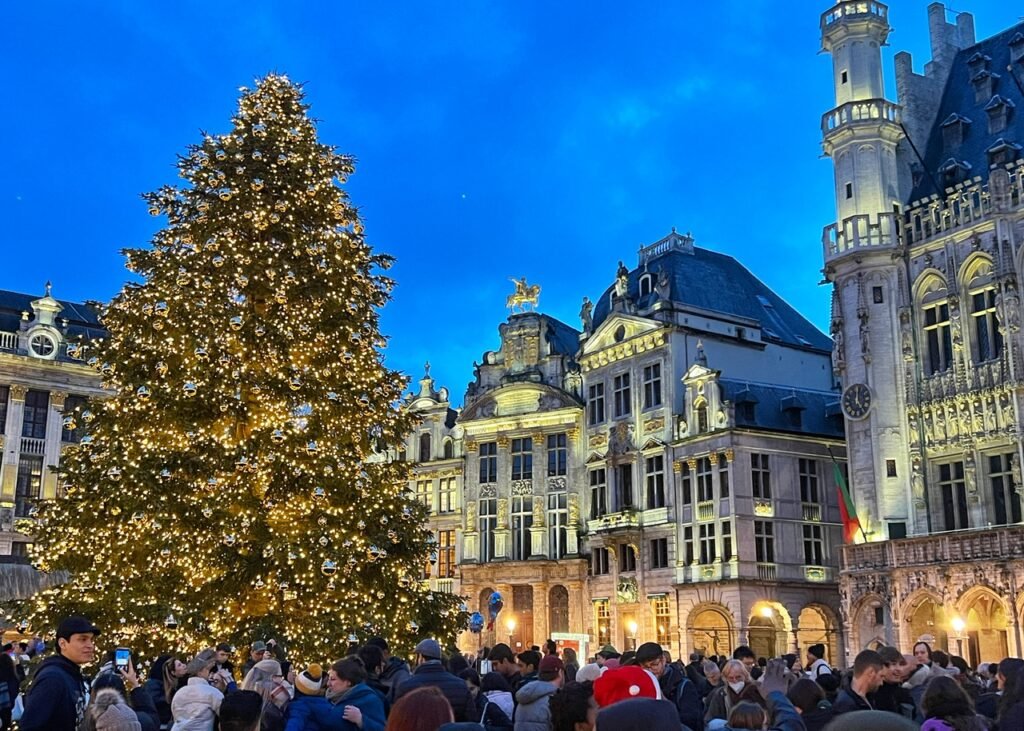
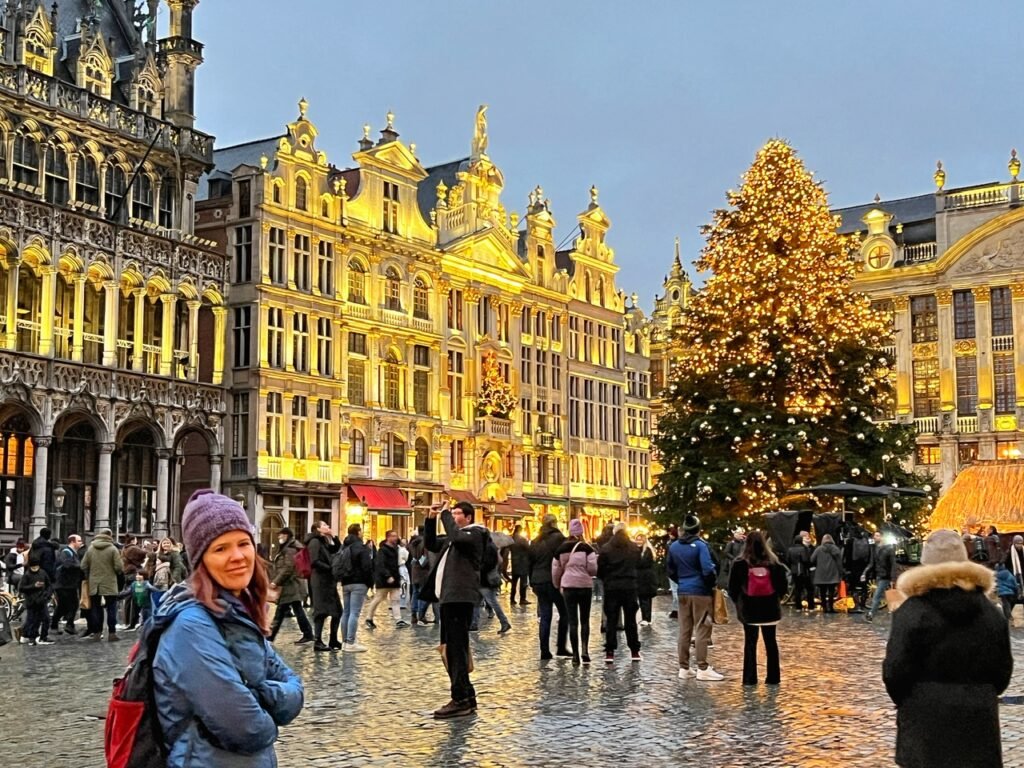
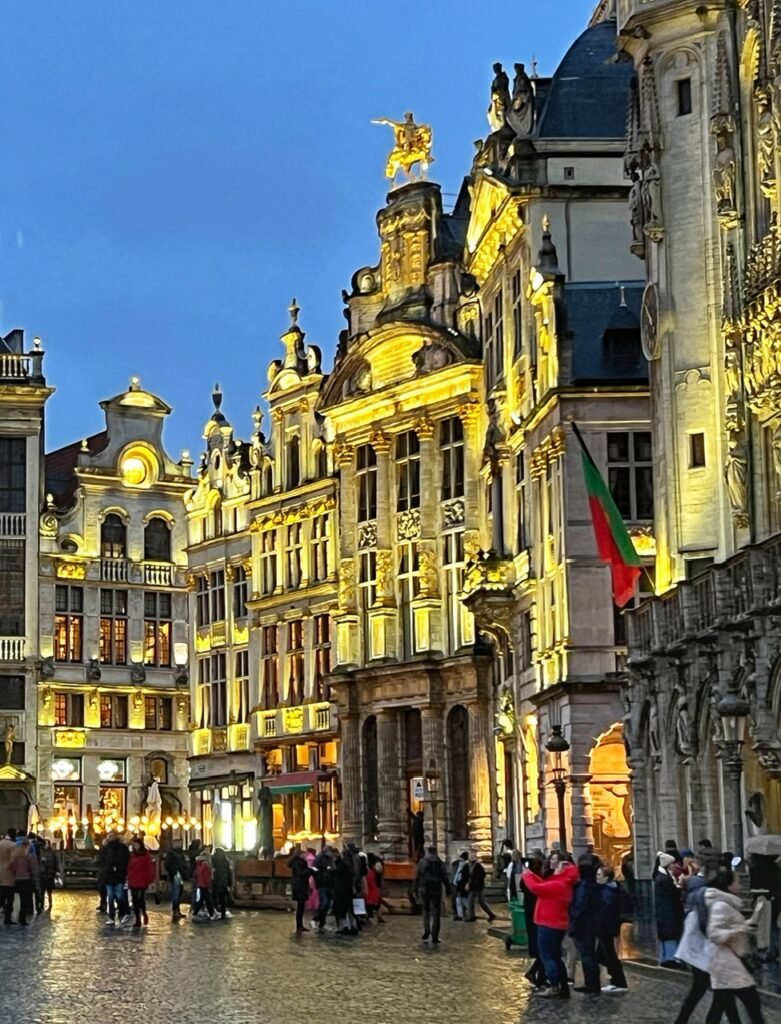
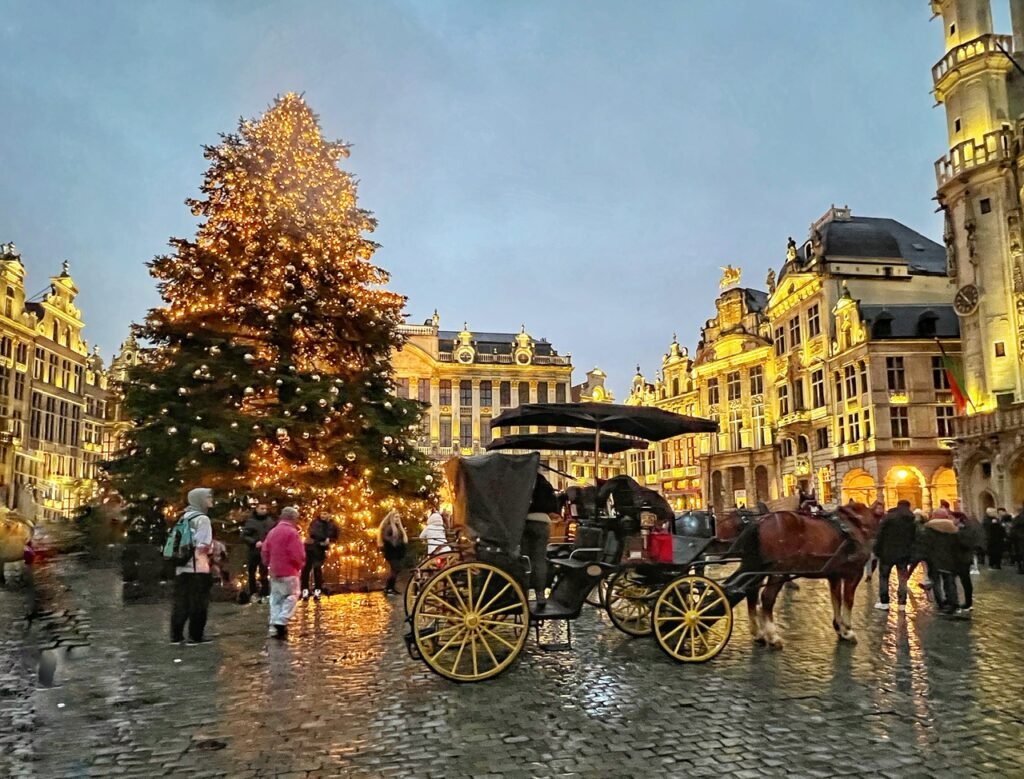
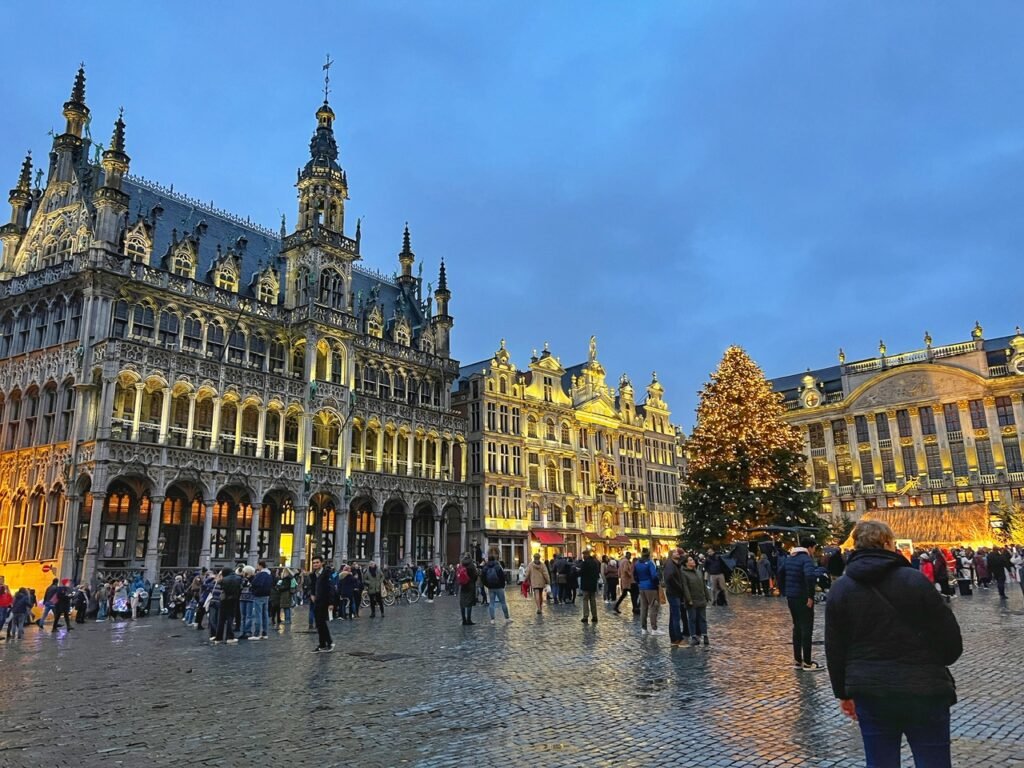
And no matter the abysmal weather, every night we went was packed!

A 360 view of the square.
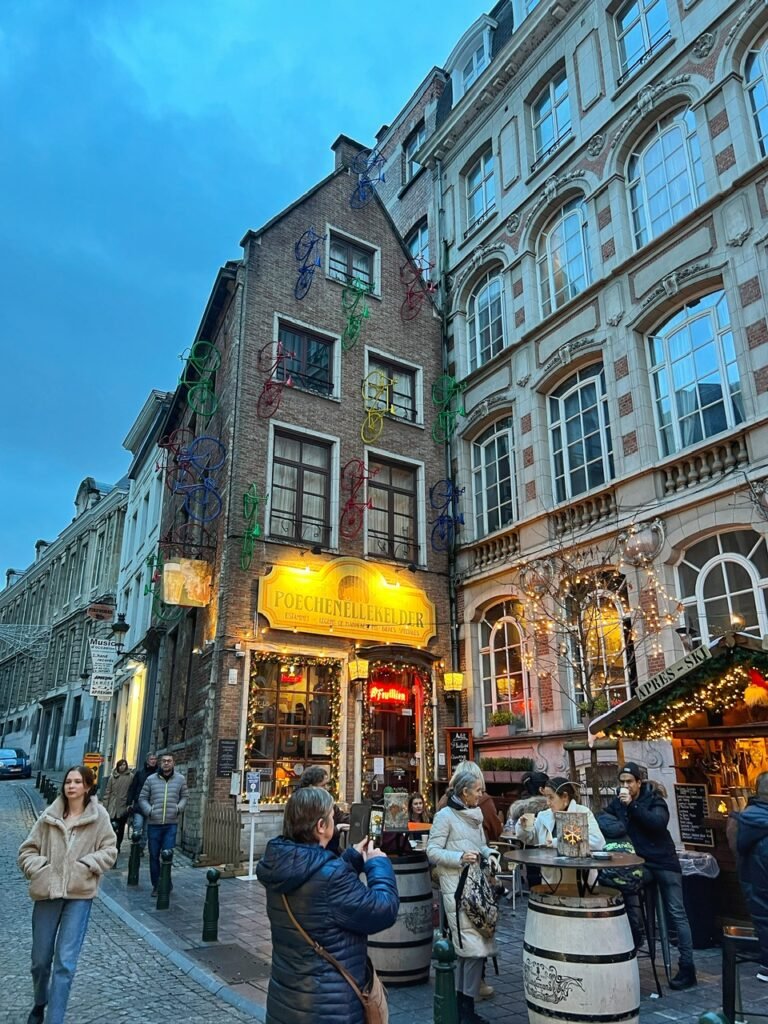
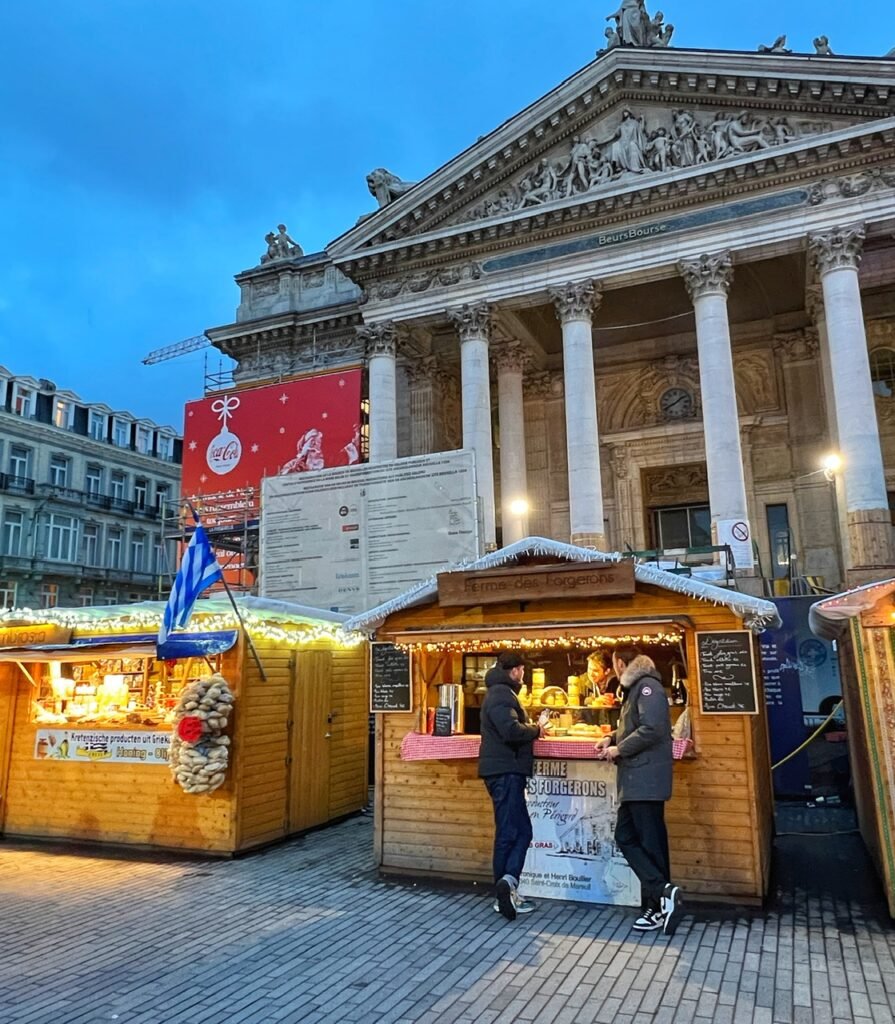
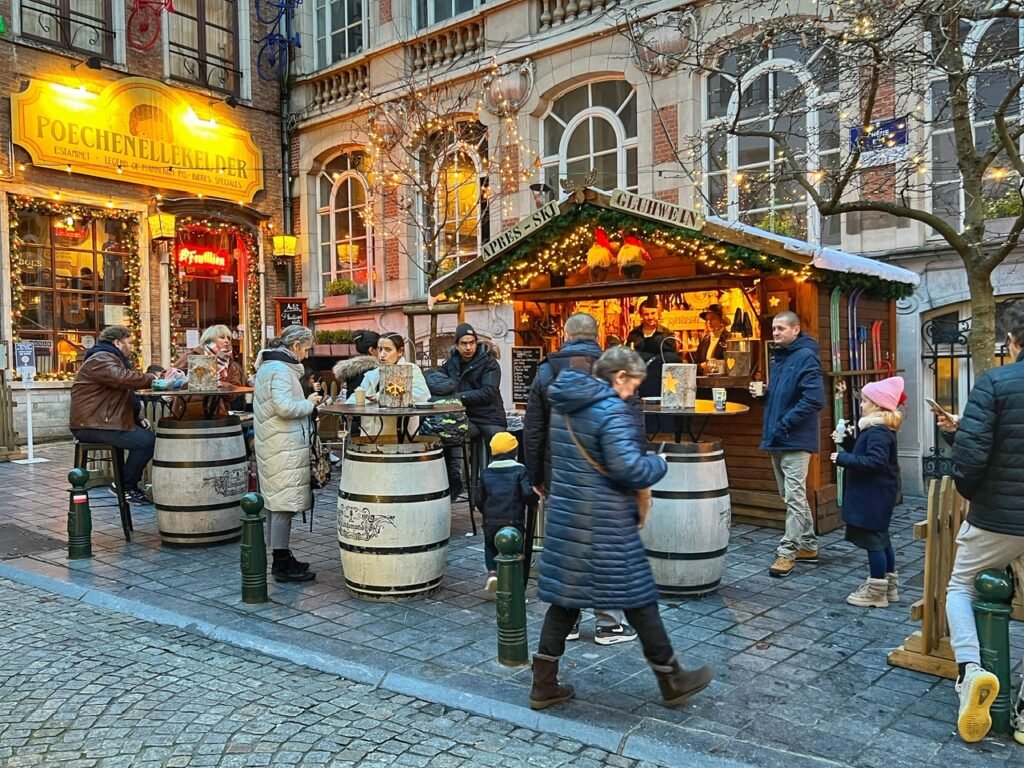

And of course, visiting the winter markets to get our frequent dose of gluhwein.
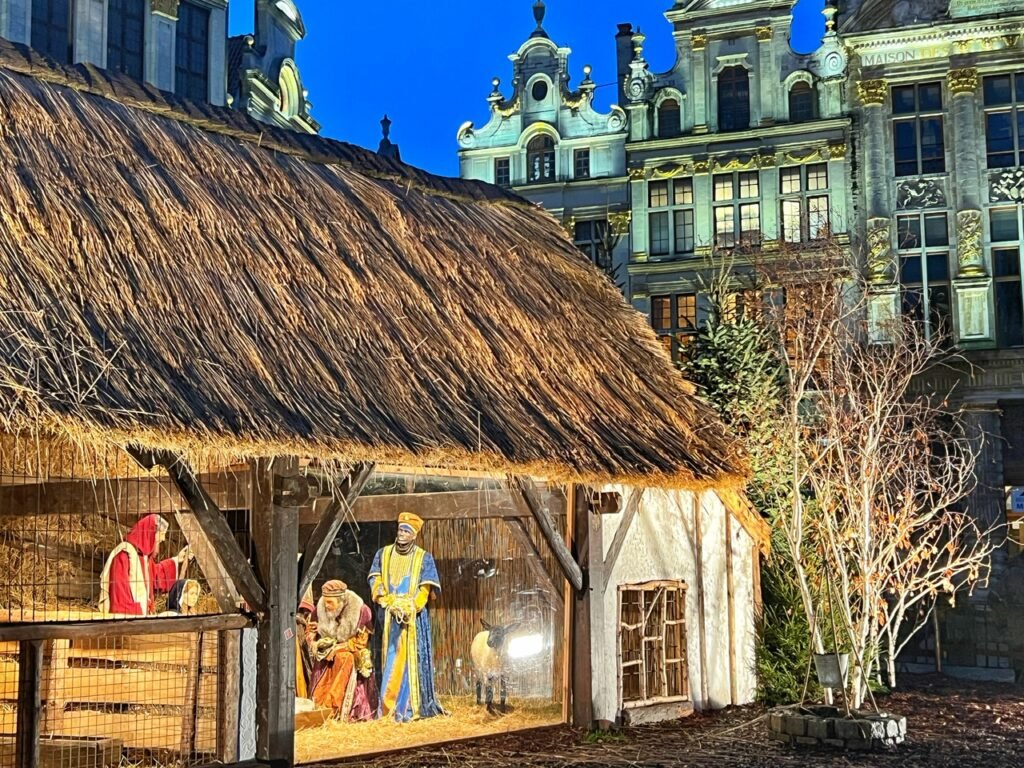
The life-sized manger scene in the Grand Place.

And everyone seemed to be in the Christmas spirit!
Cantillon Lambic Brewery Tour
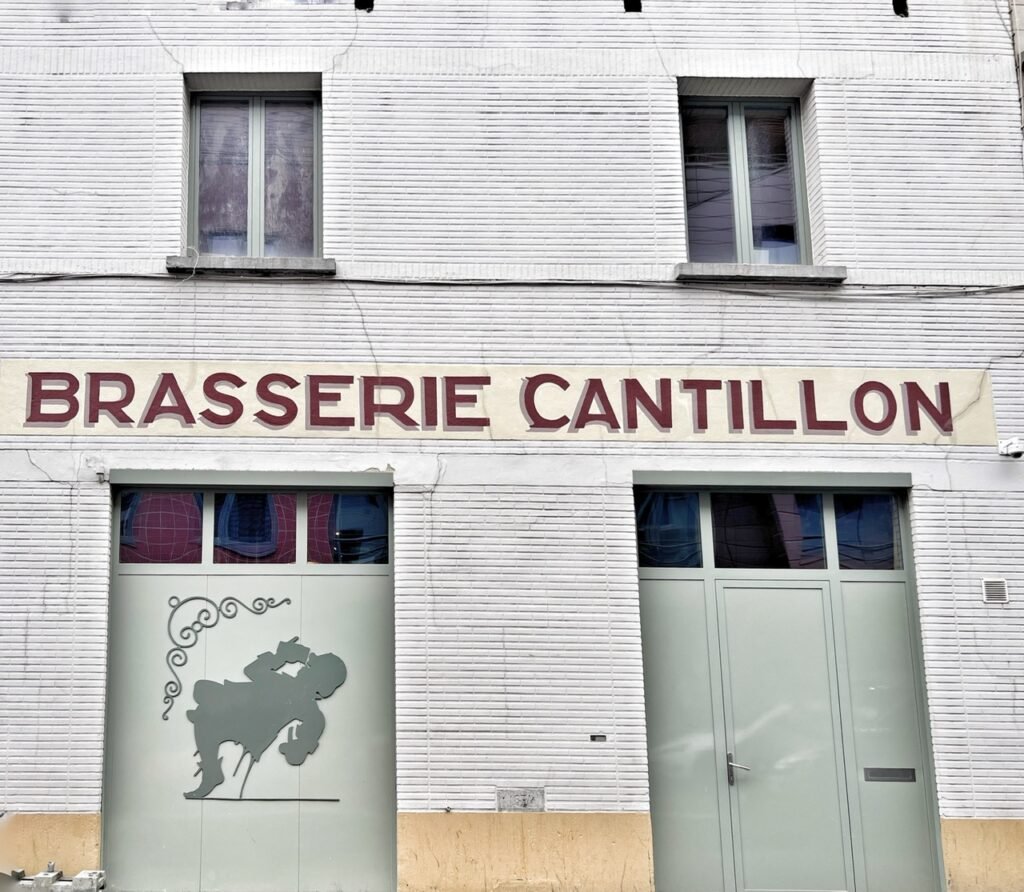
This was a pilgrimage destination for Greg, and in fact, for many sour beer lovers, visiting this brewery usually ranks as must-see beer destination in Belgium. We took the hour long guided tour (12€). If you are a fan of Belgian beer, or beer culture (yes that’s a thing… especially in Belgium) you cannot visit Brussels without visiting Cantillon. What’s so special?
Cantillon, brews Lambic beer, which is a very obscure peculiar sour spontaneously fermented style of beer that is only produced in a handful of breweries in the world. Because of the spontaneous “wild” fermentation every Lambic beer is unique, and at Cantillon, you can not only see but taste the tradition, culture, and uniqueness behind their beer. The brewery has quite a fascinating backstory and certainly has played a role ensuring the Lambic and Gueuze style beers were not lost to obscurity after the Second World War. Cantillon is also the only remaining Lambic brewery still operating in Brussels making it very much a dying breed. It’s rare to find a pub to grab an exemplary pint in and get a rich cultural experience.
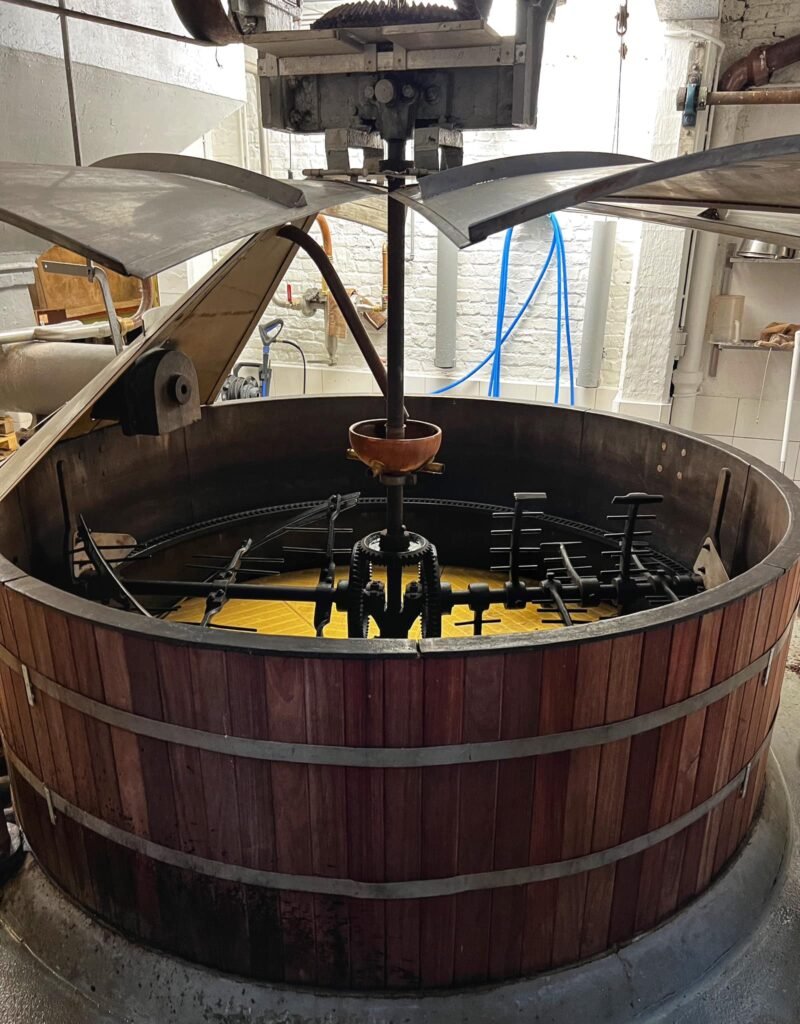
A look inside the original (1939) mash tun. Hard to believe, but this is still used weekly to brew beer.

Peering down into the brewing kettle. It looked a bit like a spaceship to Mandy…hehe.

Incredibly, belts, gears, and pulleys still drive the brewing process! This is indeed a living museum. This curious contraption is a beer filter, from 1939, which is still used every week! A paper filter (which are incredibly also hand-made in a nearby machine) is inserted into each of the brass plates and compressed. Beer is then pumped through the papers to filter it. This makes Greg wonder about the whole metal versus paper coffee filter argument, but he never considered this argument could be applied to beer filtration.
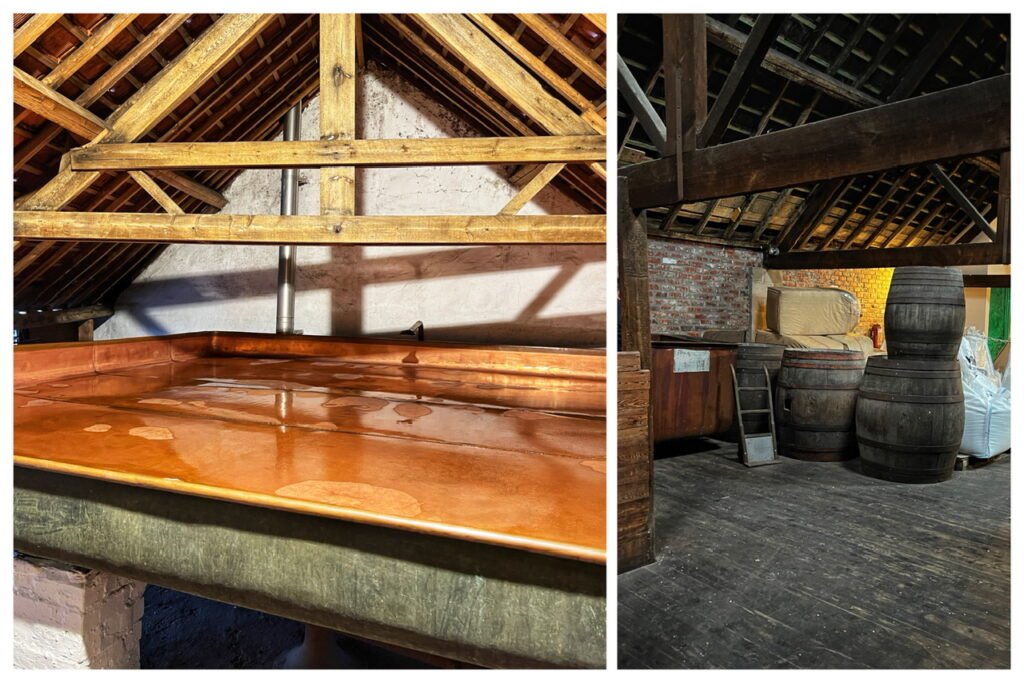
Where the magic happens! The “cooling ship” (left) is a flat open air fermenter. This is what helps make Lambic beer unique… the yeast is not inoculated with specific yeast chosen by the brewer but rather by nature, as bacteria and wild yeast floats down into the beer from the ancient wood rafters and through cracks in the roof from the blowing wind outside. As you can imagine fermenting this way is terrible for replicability, but that’s the idea. Every batch of Lambic beer is slightly different… depending on which way the wind might blowing on a particular day.
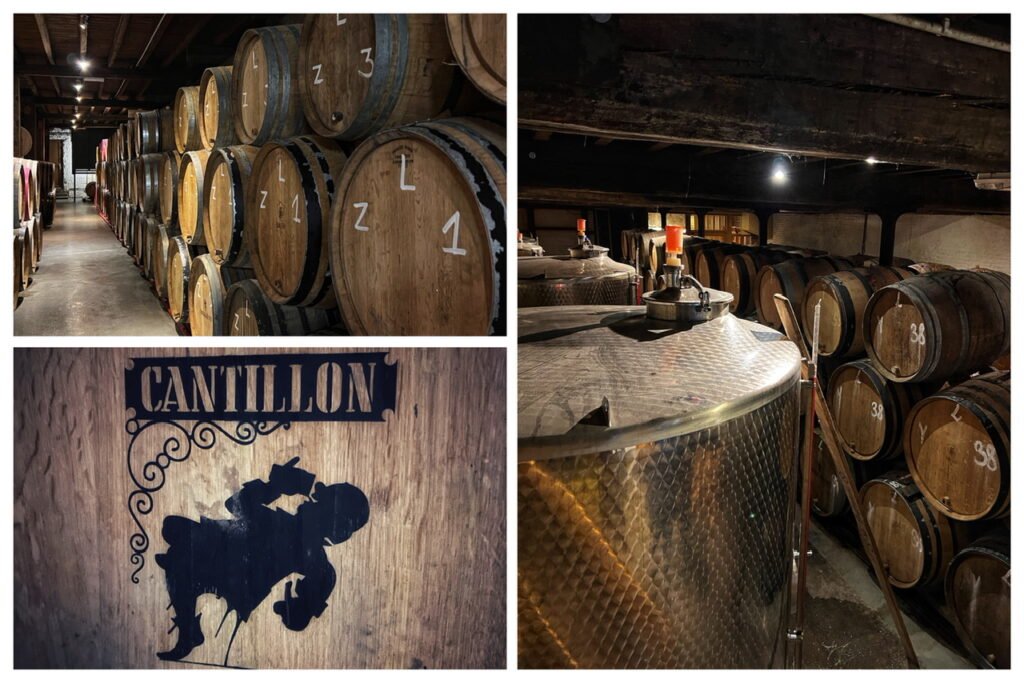
The barrel room. After the beer has been inoculated by nature it is transferred into barrels for fermenting and aging. The beer is aged for at least one year and up to three. It of course loses all carbonation in this time. Then the brewers borrow some tasting skill sets from wine makers and blend the differing barrels of beer to achieve a Gueuze with the flavor and characteristics they seek. They may also begin blending in fruits like cherry, raspberry, peach, or whatever they can seasonally get their hands on, to make a fruit Lambic.

The bar & tasting room. The finished product resembles more of a wine than beer and can be still (uncarbonated) Lambic, or a slightly carbonated Gueuze, or if fruit has been added it becomes a Kriek (cherry), Peche (Peach), Framboise (Raspberry), or any other fruit Lambic. Three tastings were included with the tour. Probably one of the most interesting beer tours we’ve ever done.
Our City Living Apartment (12 nights)
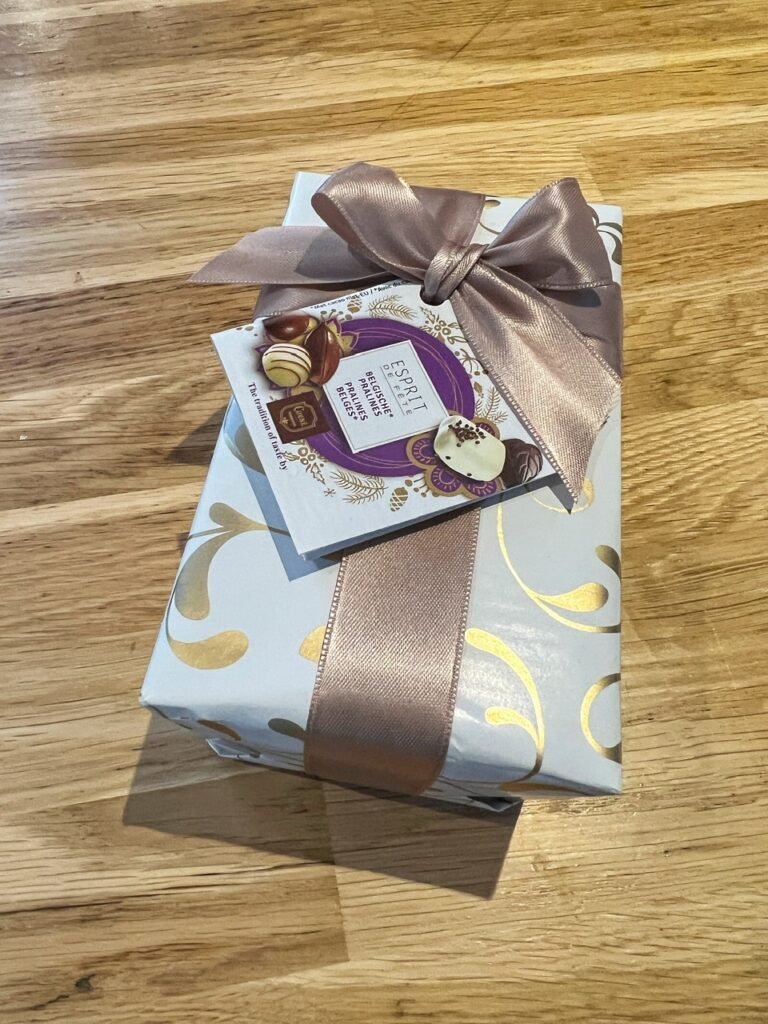

While in Brussels, we had a fabulously located housesit right on a pedestrian boulevard where we watched two black rescue cats, known to be a bit moody and shy called Reggie and Charlie. Claire, our host, sweetly buttered us up with some delicious Belgian chocolates before she departed. Unfortunately, only about an hour after she left, one of the cats, Charlie, decided to barf. Of course, this is a common occurrence among cats, particularly with separation anxiety, and normally not a big deal. However, this time, we found an attractive and sizeable wiggling worm inside. Ick. So, after a couple days of unsuccessfully trying to get the cats to take heart worm medication, we had to call the English-speaking vet who fortunately did at-home visits. That poor vet bravely had to catch the very timid cat, who attacked him while he tried to get her cornered into a small bathroom. The sounds emerging from that room were simply horrifying and it was very difficult to watch.
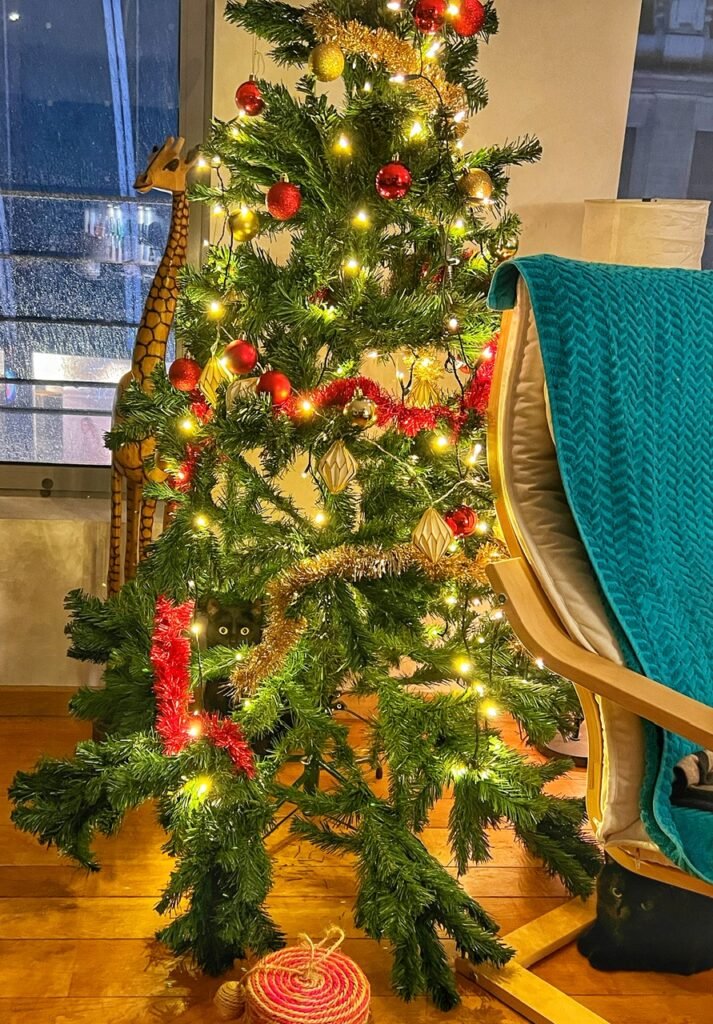
Who? Me???
Yes, you. The one who thinks its a bird.
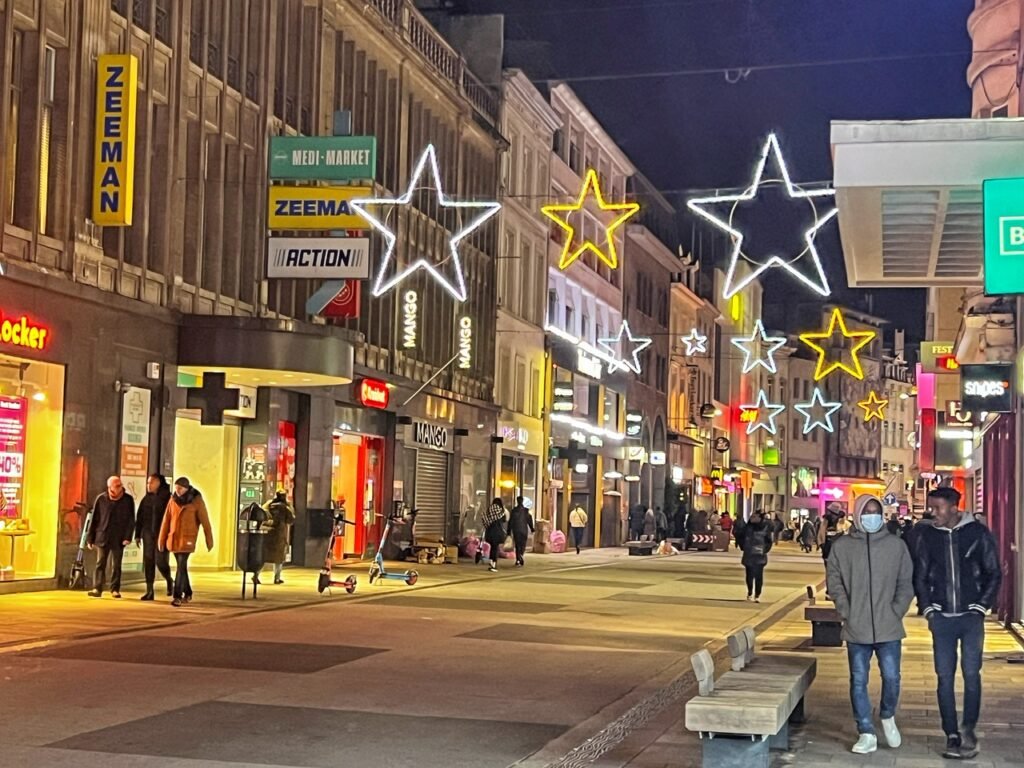
The street directly outside our flat. It was weird, and a little intense sometimes to step directly into the holiday hustle and bustle, and of course the sound also carried into our place as well.

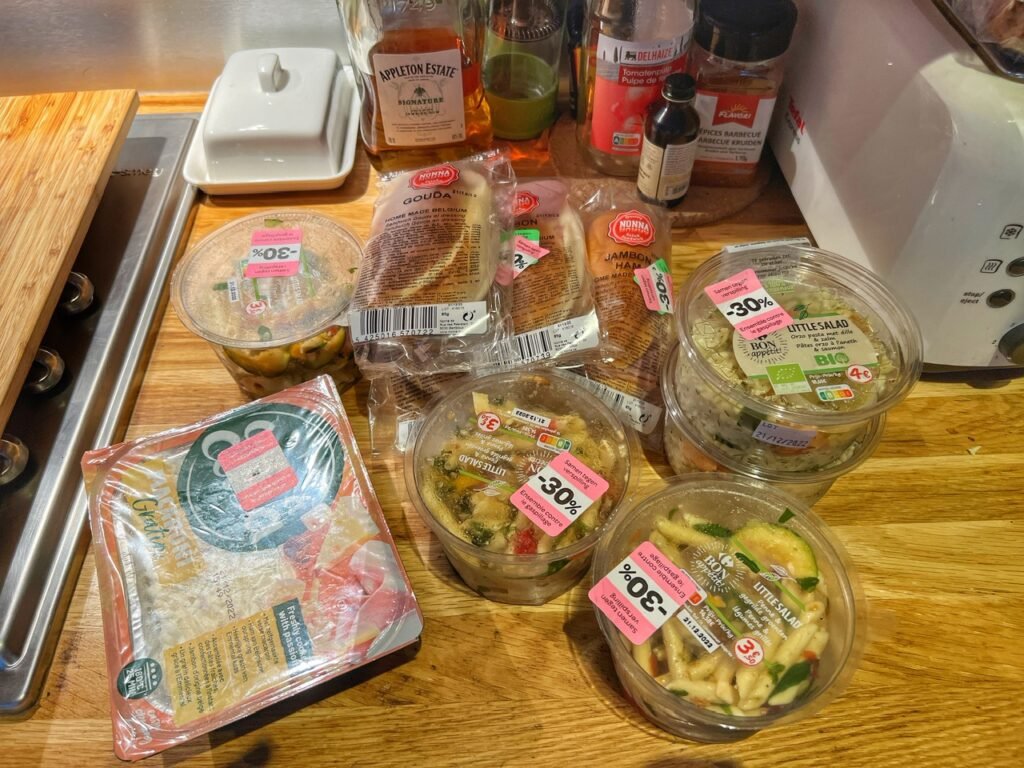
Another advantage to Brussels is that it offered the best Too Good to Go specials we had seen yet. In case you haven’t used this app designed to prevent food waste yet, it’s amazing. Such a fantastic deal for the customer, the company and the environment. The first one was all from a health food store, all vegetarian and cost was 4€. It fed us for 2-3 days. The other one was the same price and was stocked with ready-made meals like quinoa salads, pasta salads and sandwiches.
Belgium Wrap-Up
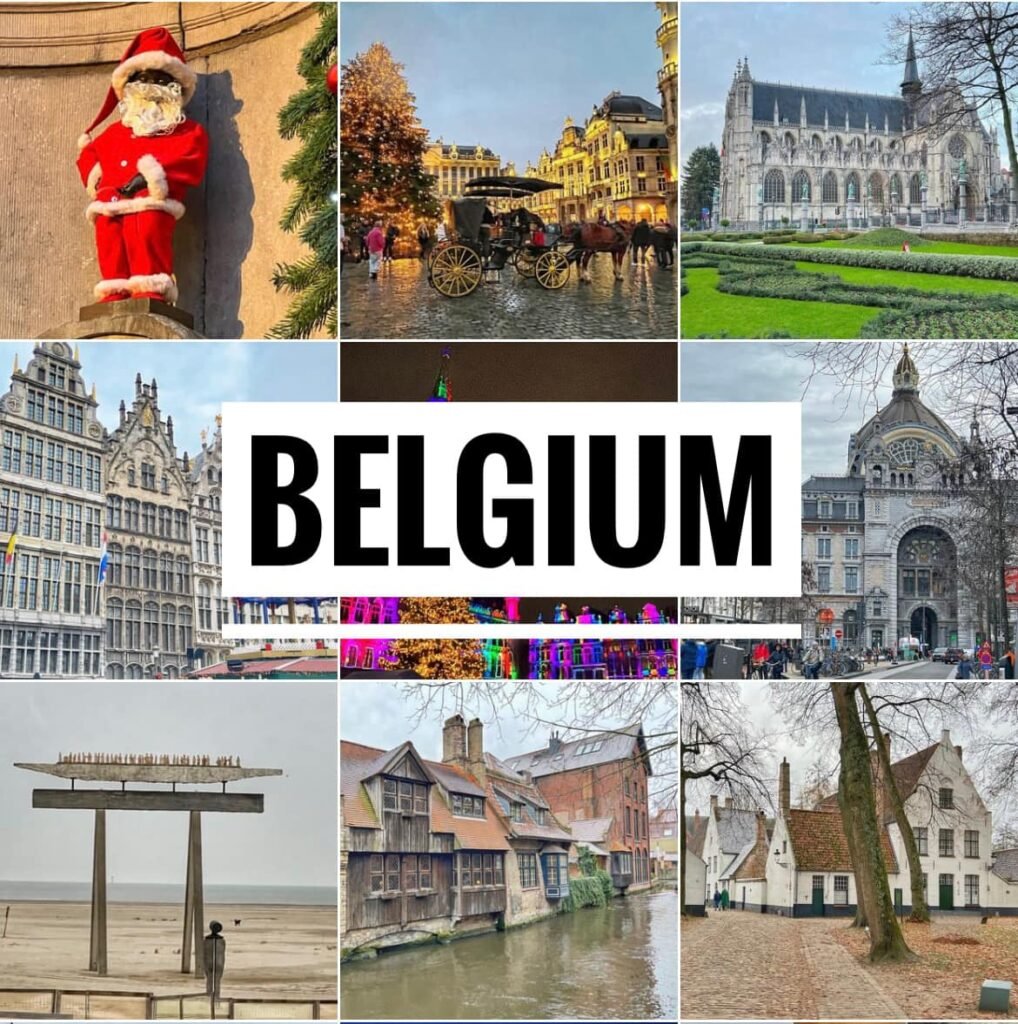
We talked about going to many different places to spend the holidays, but with the abundance of housesit choices in Western Europe and the obvious appeal of traditional Christmas markets and events, it just made sense to head to Belgium, particularly because it was a new country for Mandy and had a beer tourism item on Greg’s 60 by 60 List. We’d also previously done Germany and Czech Republic during the holidays and were longing for a similar vibe. Would we go back? It’s not high on our return list and if we did, definitely only in warmer (but not summer) months.
Below is a summary of our stats for the country, as well as our personal upsides and downsides.
Time Spent: 16 days
Money Spent: $666.98 or $41.69/day
Places Stayed: Bruges (4 nights) and Brussels (12 nights) All accommodation except one night was free.
Also Visited: Antwerp and Luxembourg
Upsides
- Getting to stay with a welcoming and kind local family in Bruges.
- Extraordinary holiday light show in the main square and a beautiful, festive environment
- With the ease of walking, housesitting and the abundance of Too Good to Go options, it was easy to stick to budget even in Western Europe during the holidays.
- So easy to travel by bus, train or on foot, and all tickets available online for purchase.
- Walking distance to about ten different grocery stores, and anything else we wanted
- Charming medieval towns and sites
- Phenomenal and widely varied selection of beer
- Delicious gluhwein
- Fun pop culture and oddities
- Amazing architecture and history
- English knowledge is widespread
Downsides
- While many ooo and ahh about the fries and waffles, we really didn’t find them that exciting.
- Although we were in the middle of the action during our housesit, it was too noisy and crazy for our preference.
- The area we stayed near didn’t feel particularly safe at night.
- The weather and lack of sun. In short, even though it was lovely for the holidays, we’ve decided that after four years away from winter weather, we just aren’t cut out for it anymore. A couple weeks, rather than three months would have sufficed.



